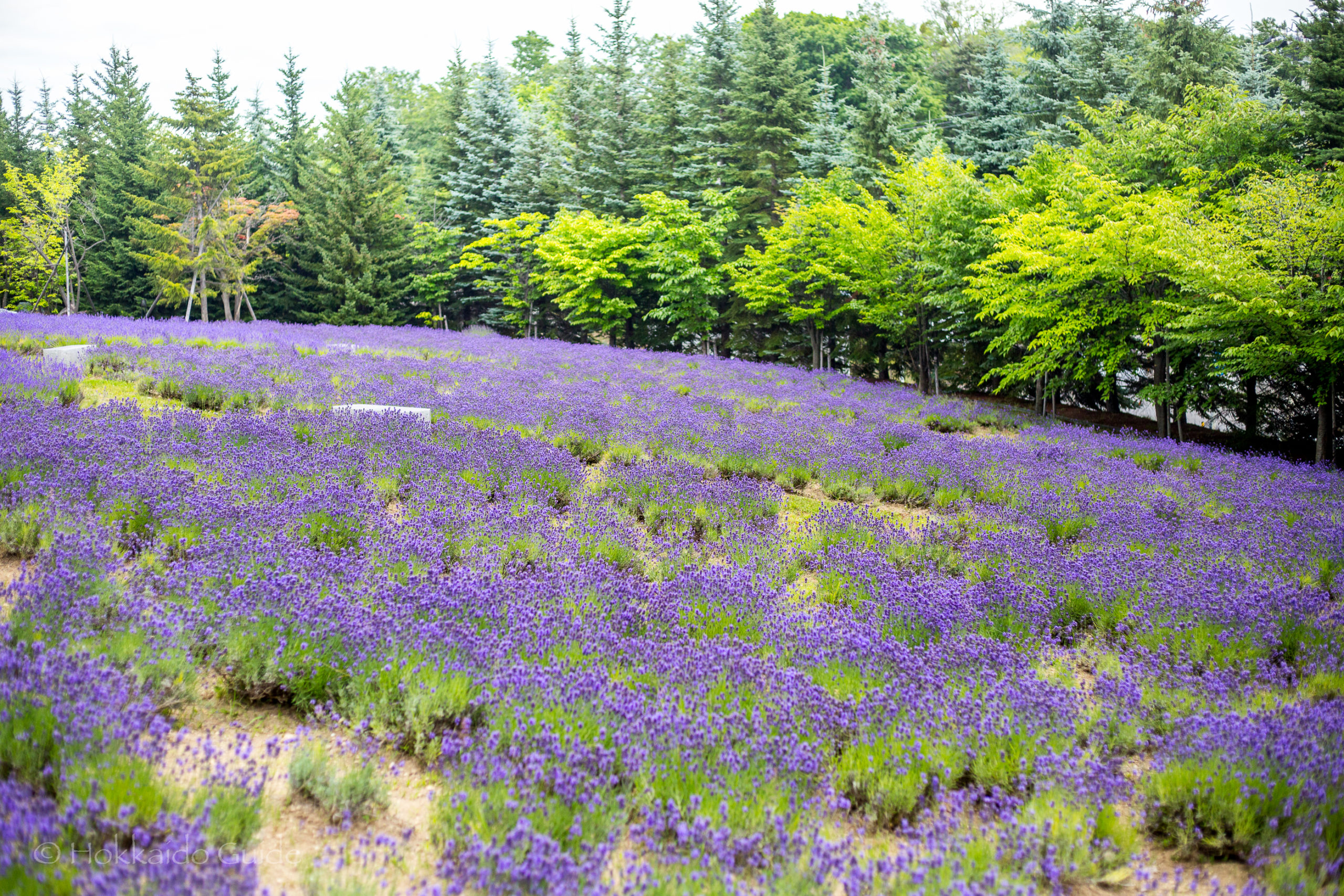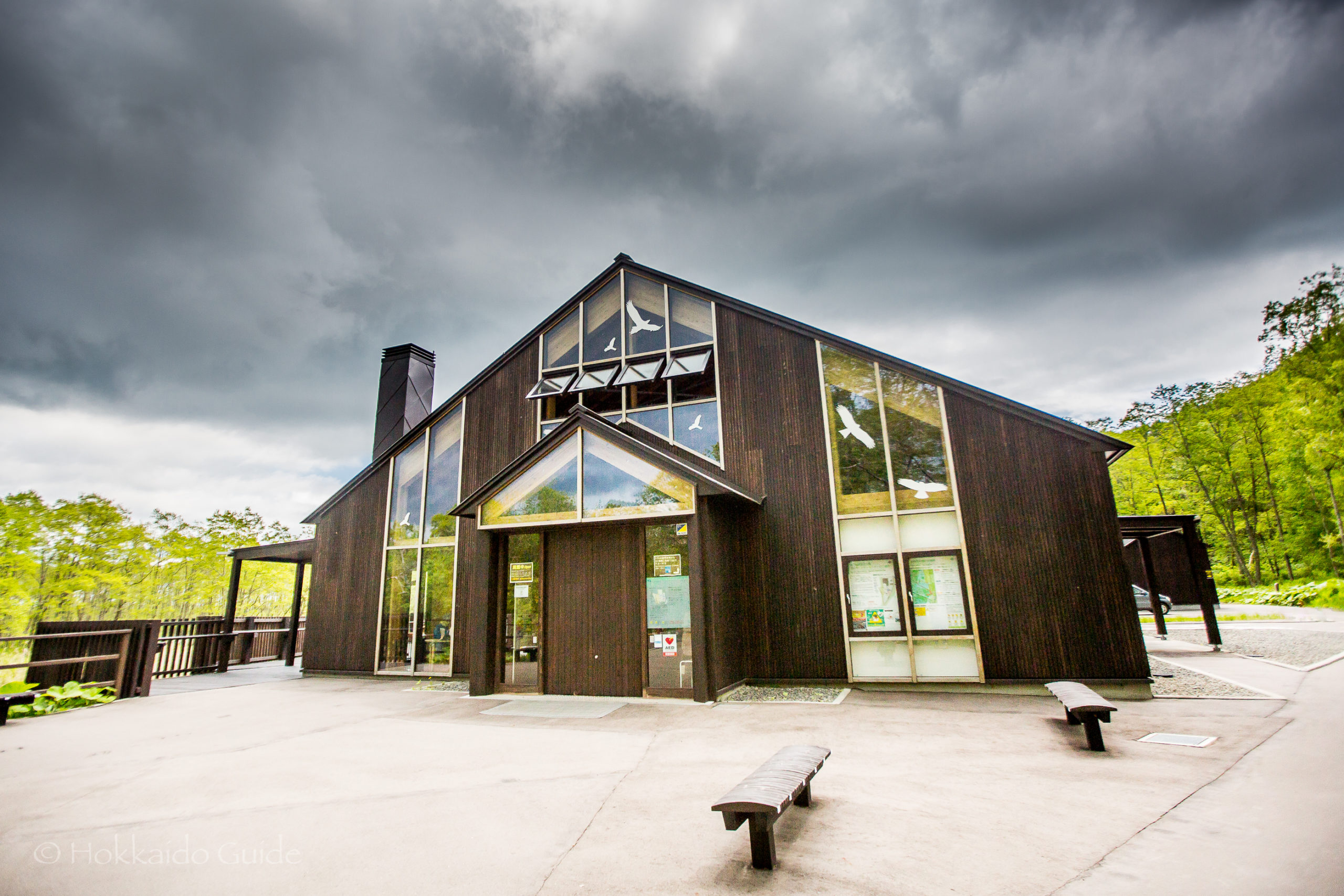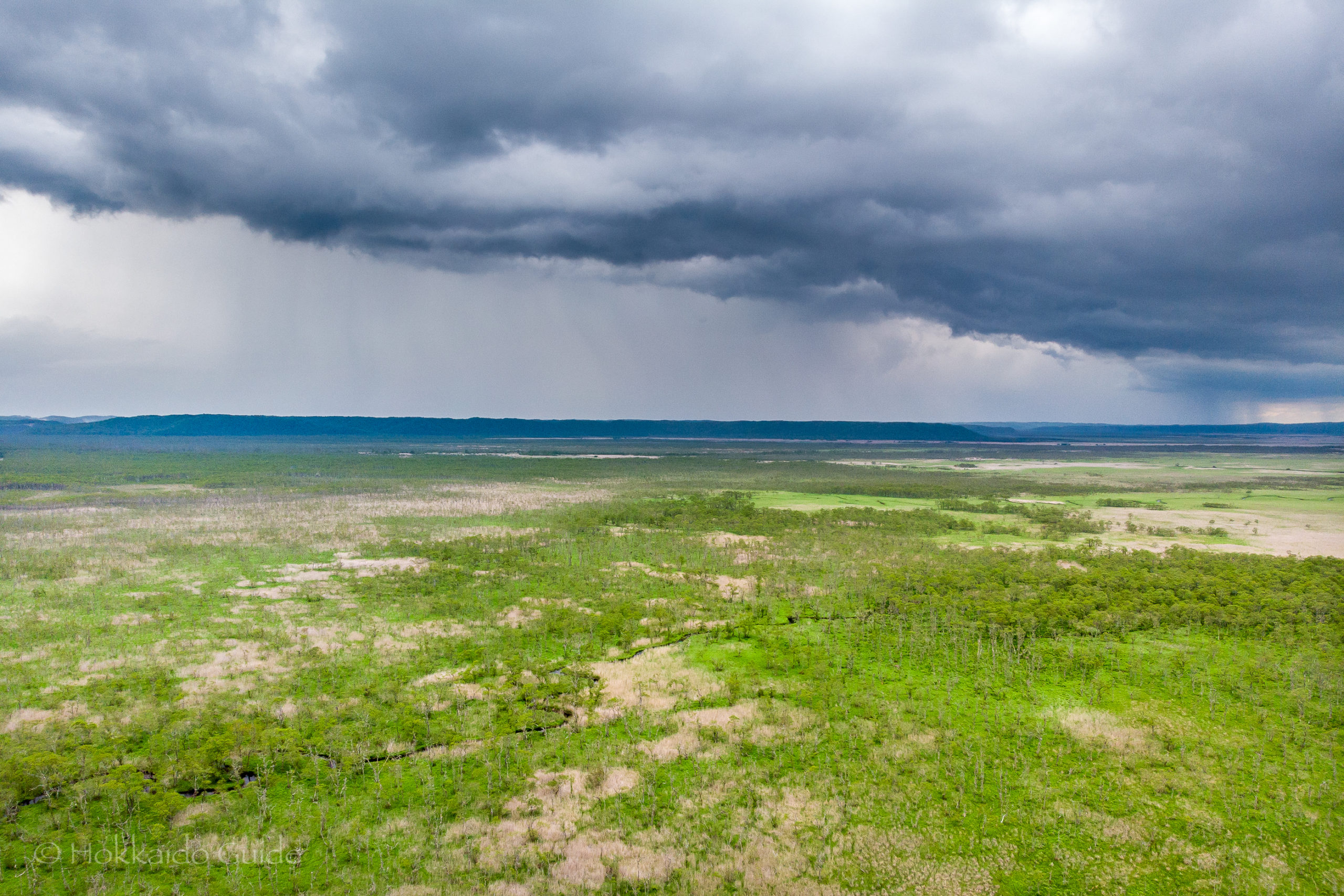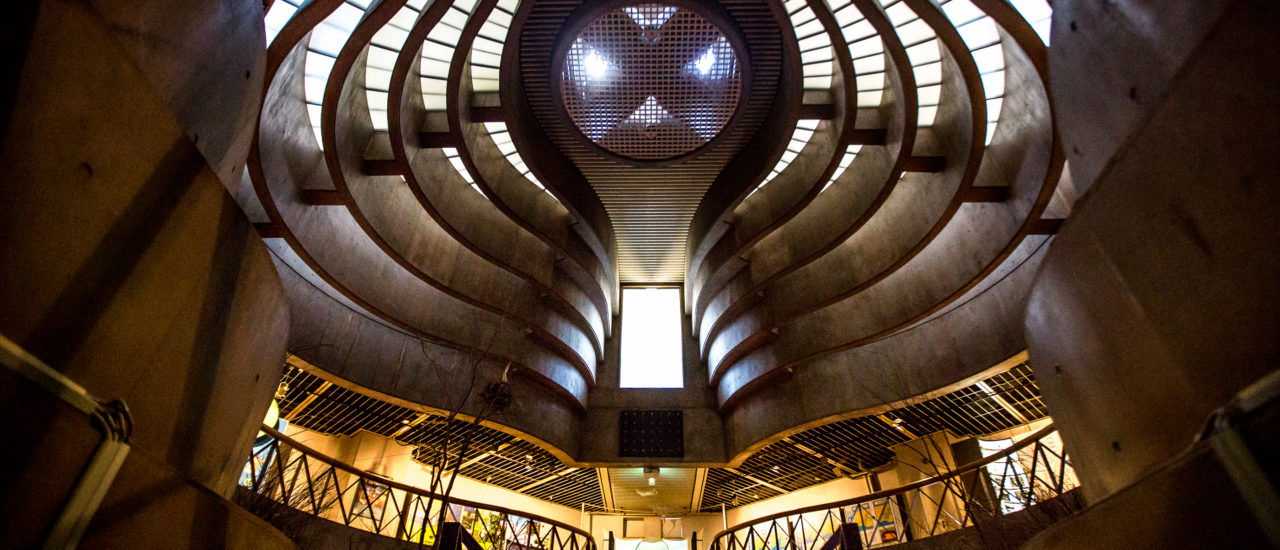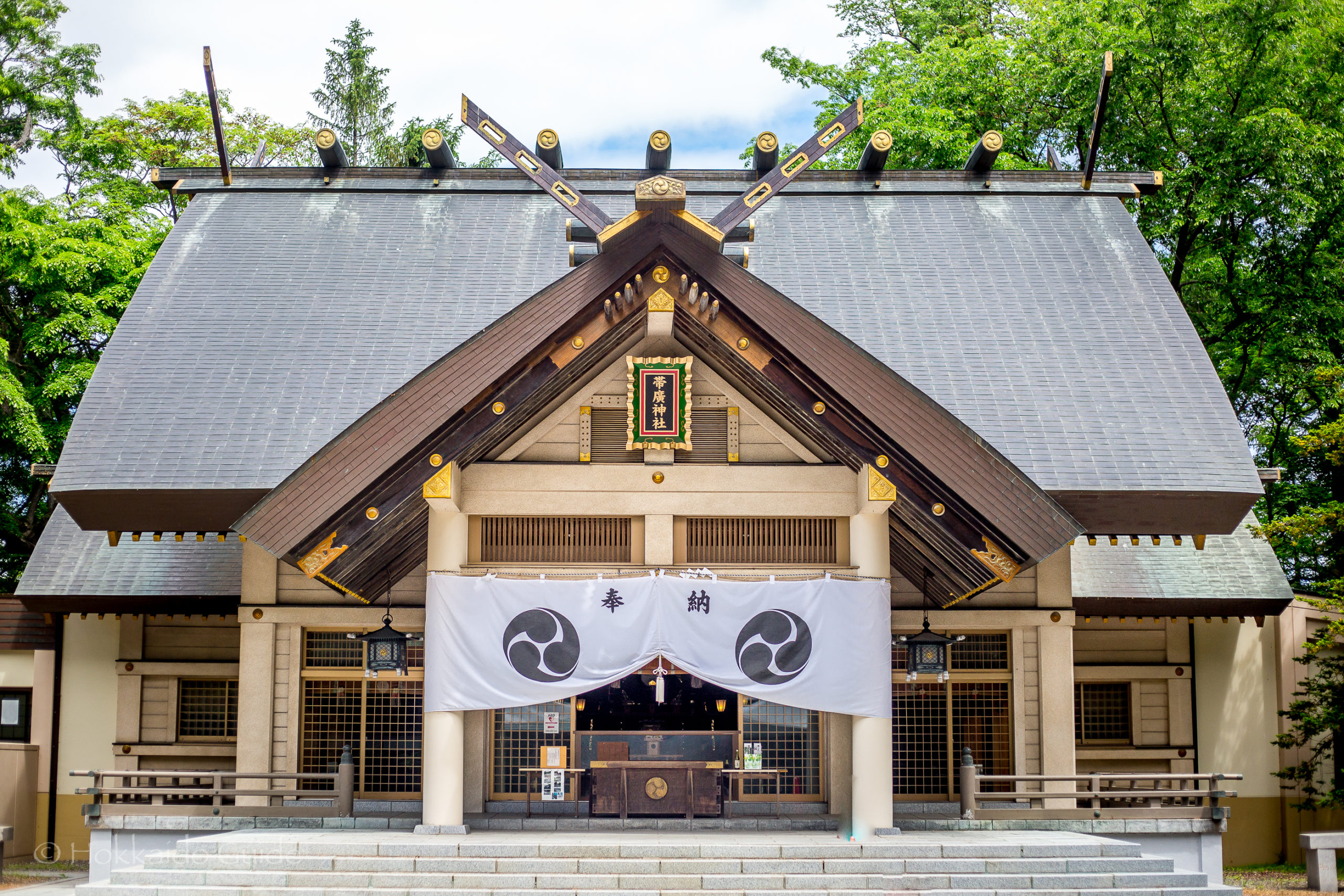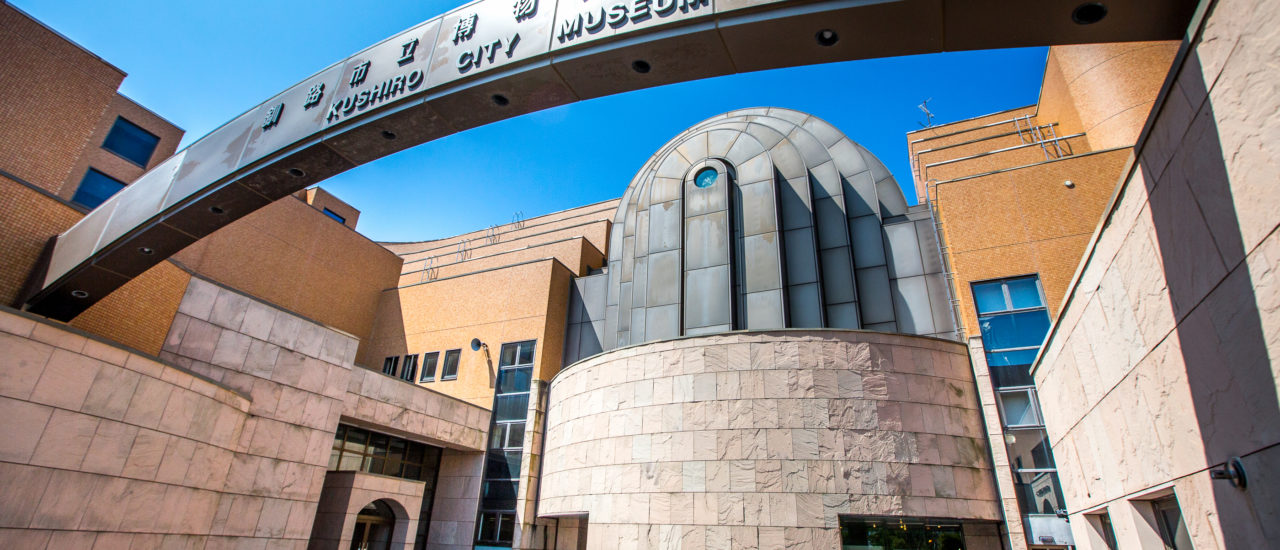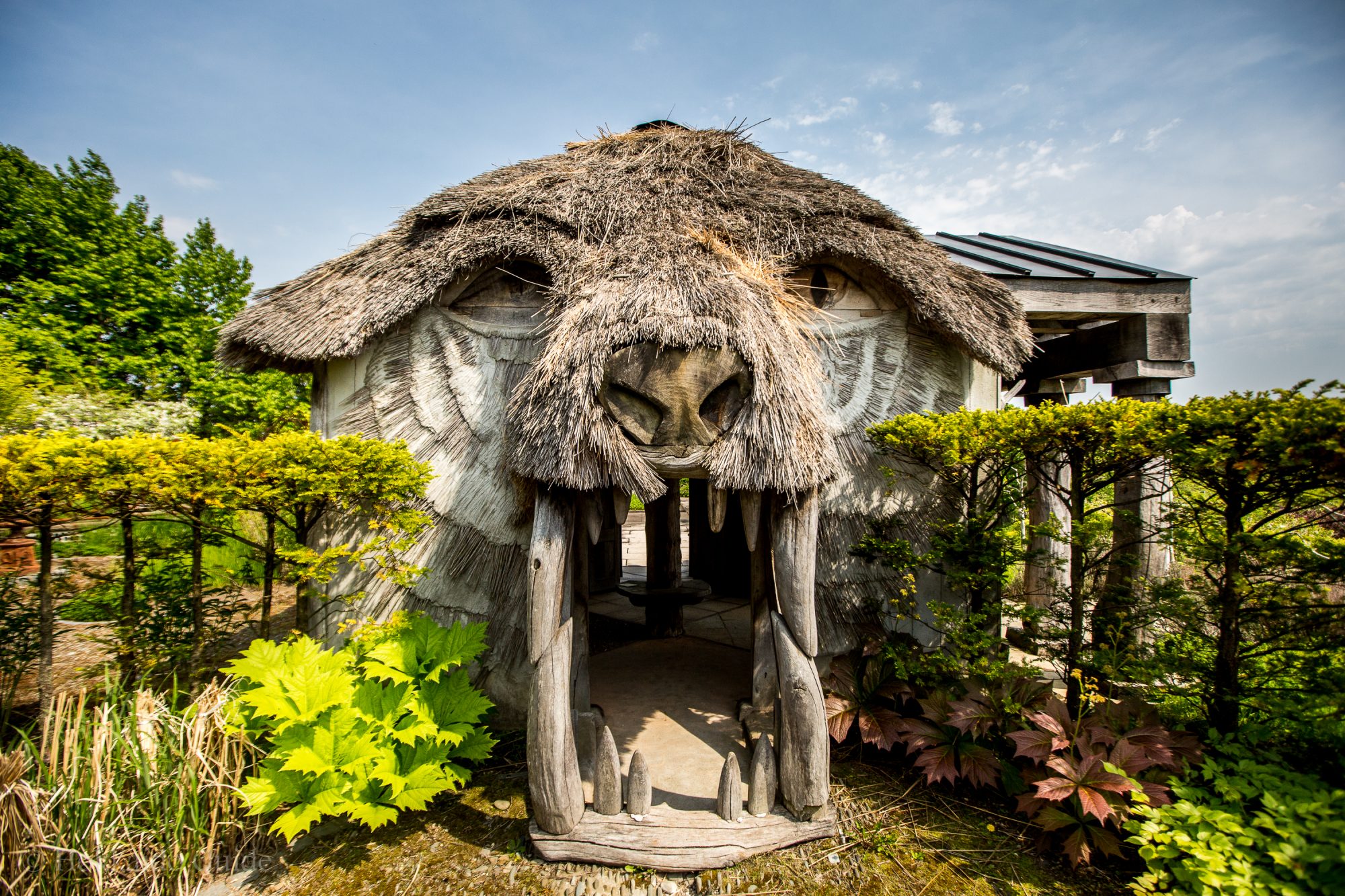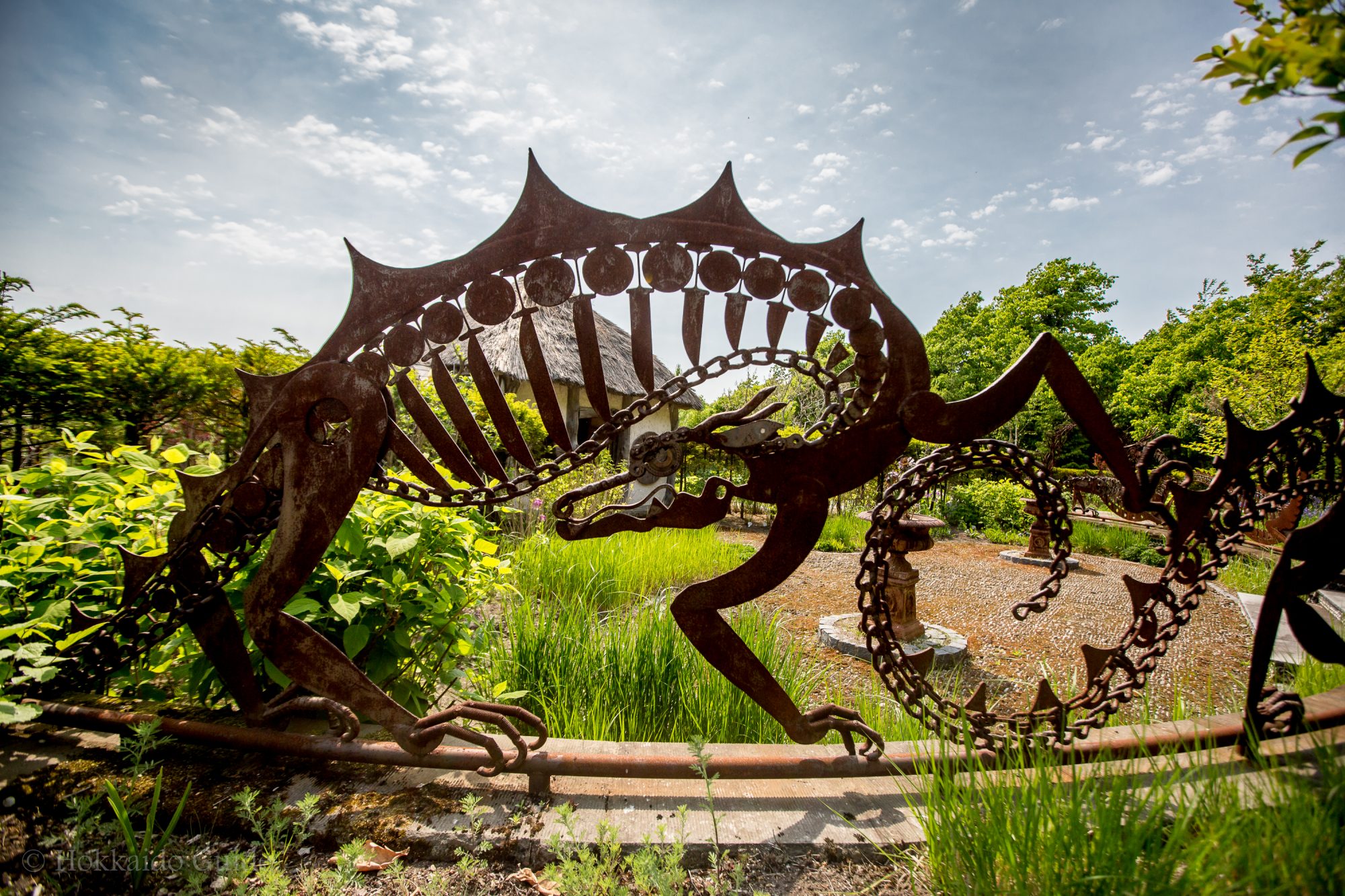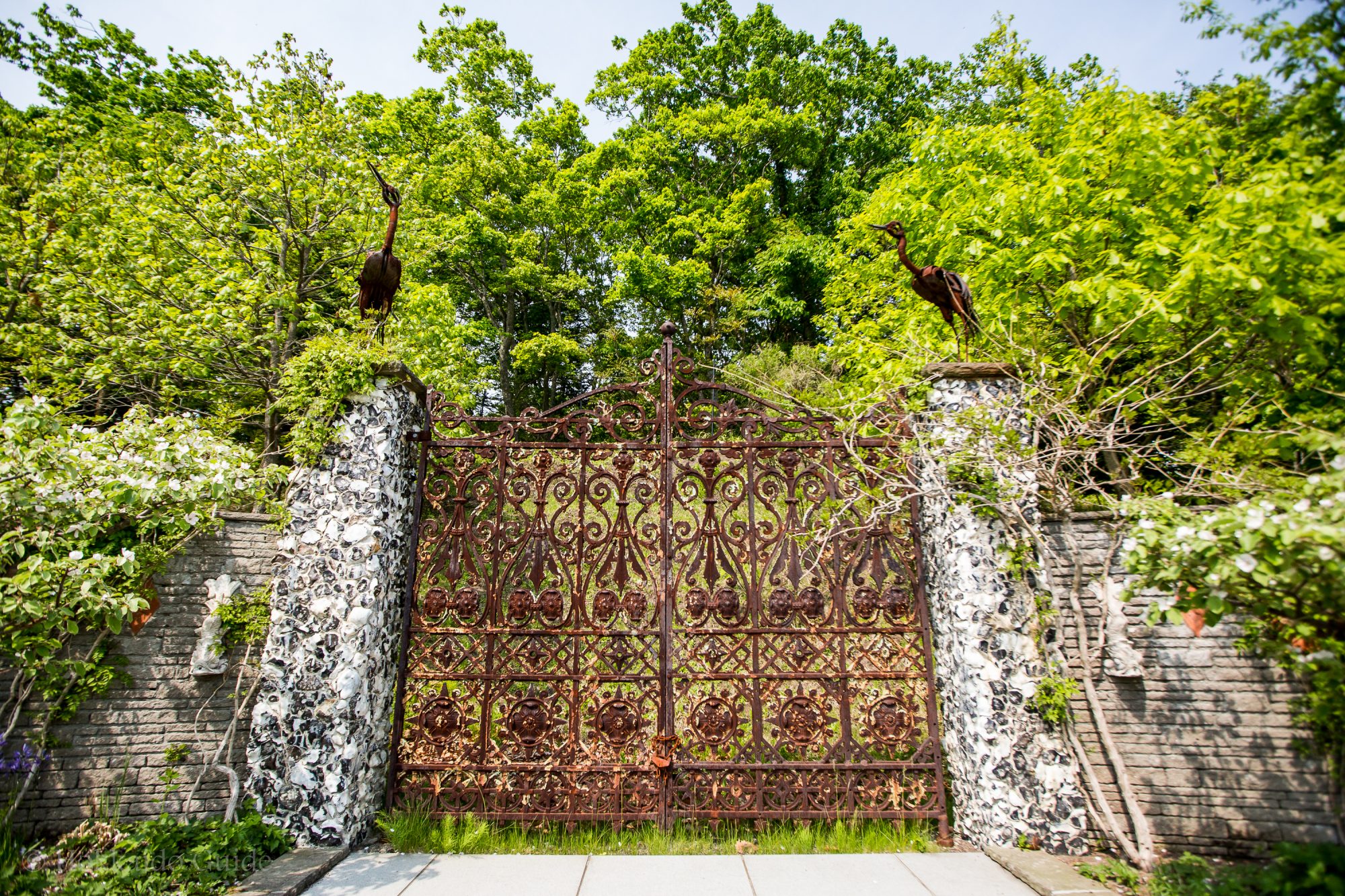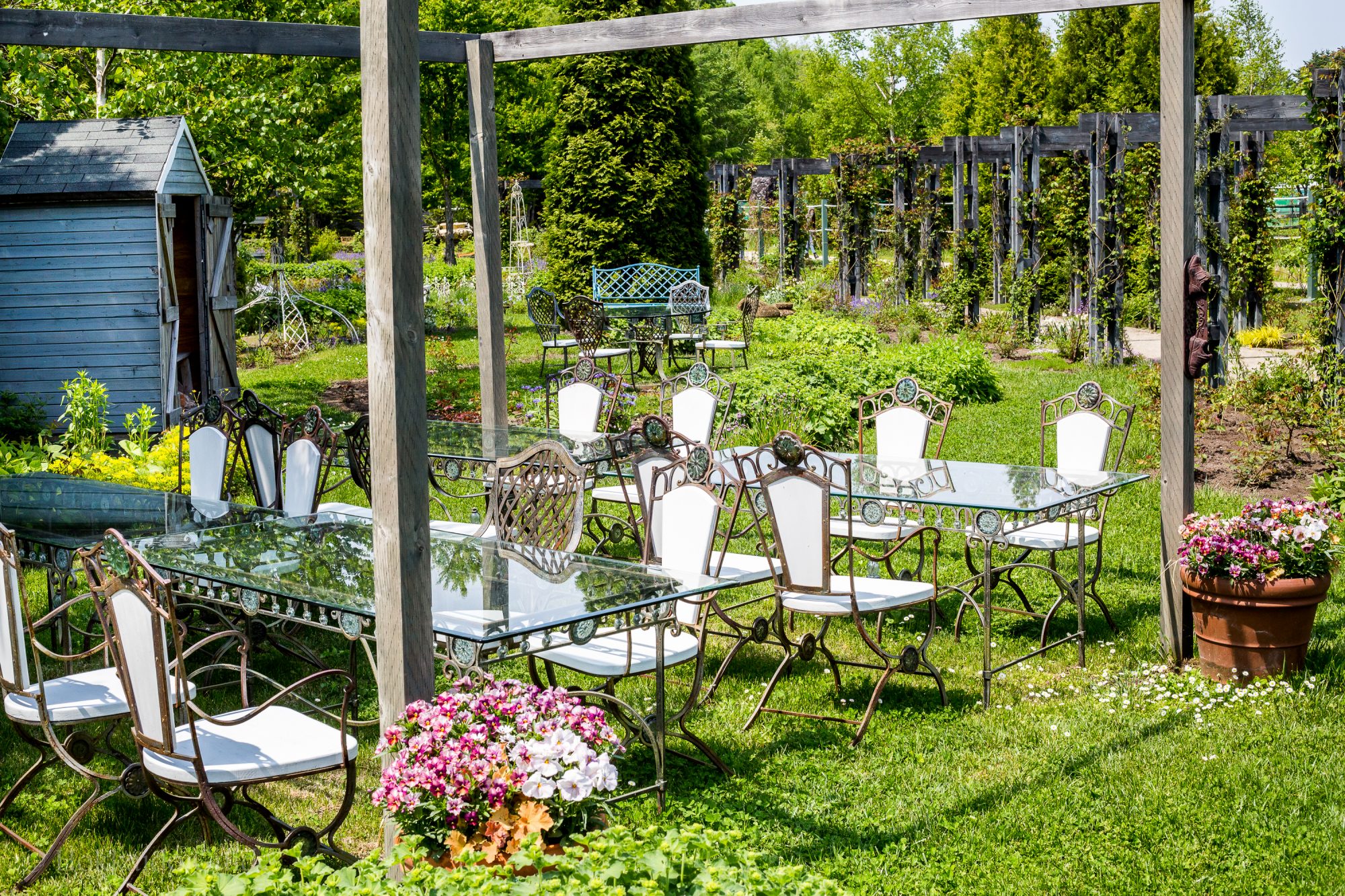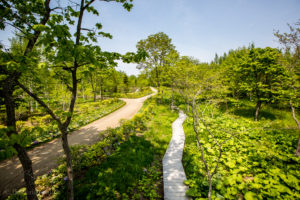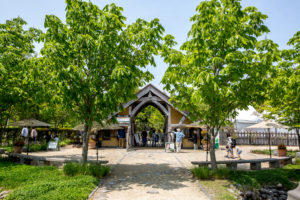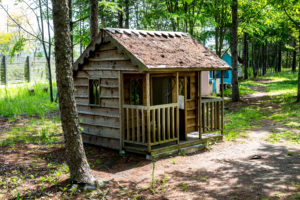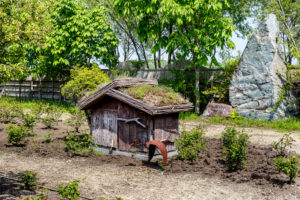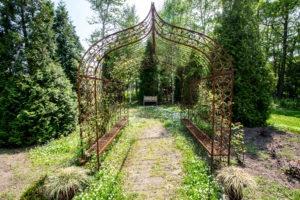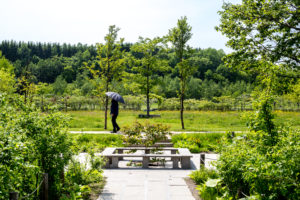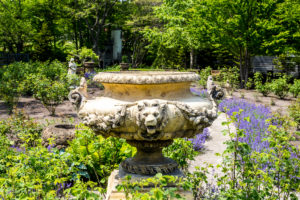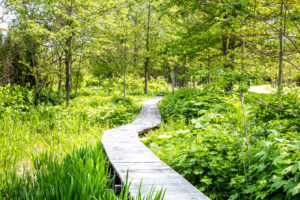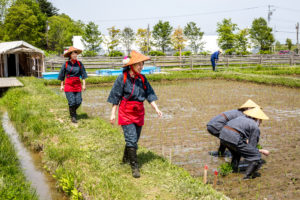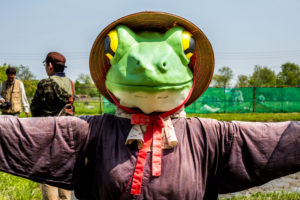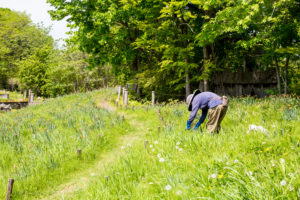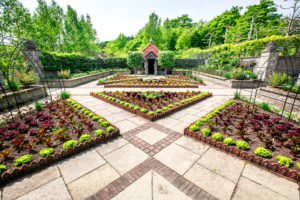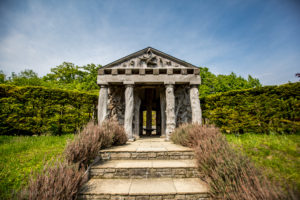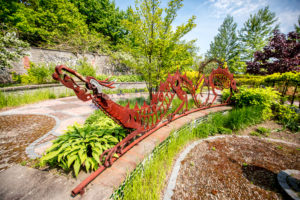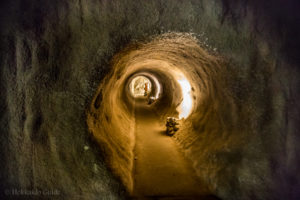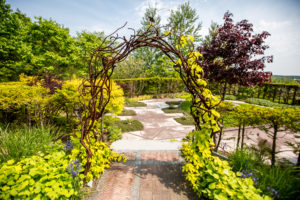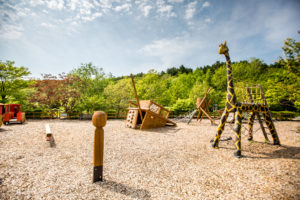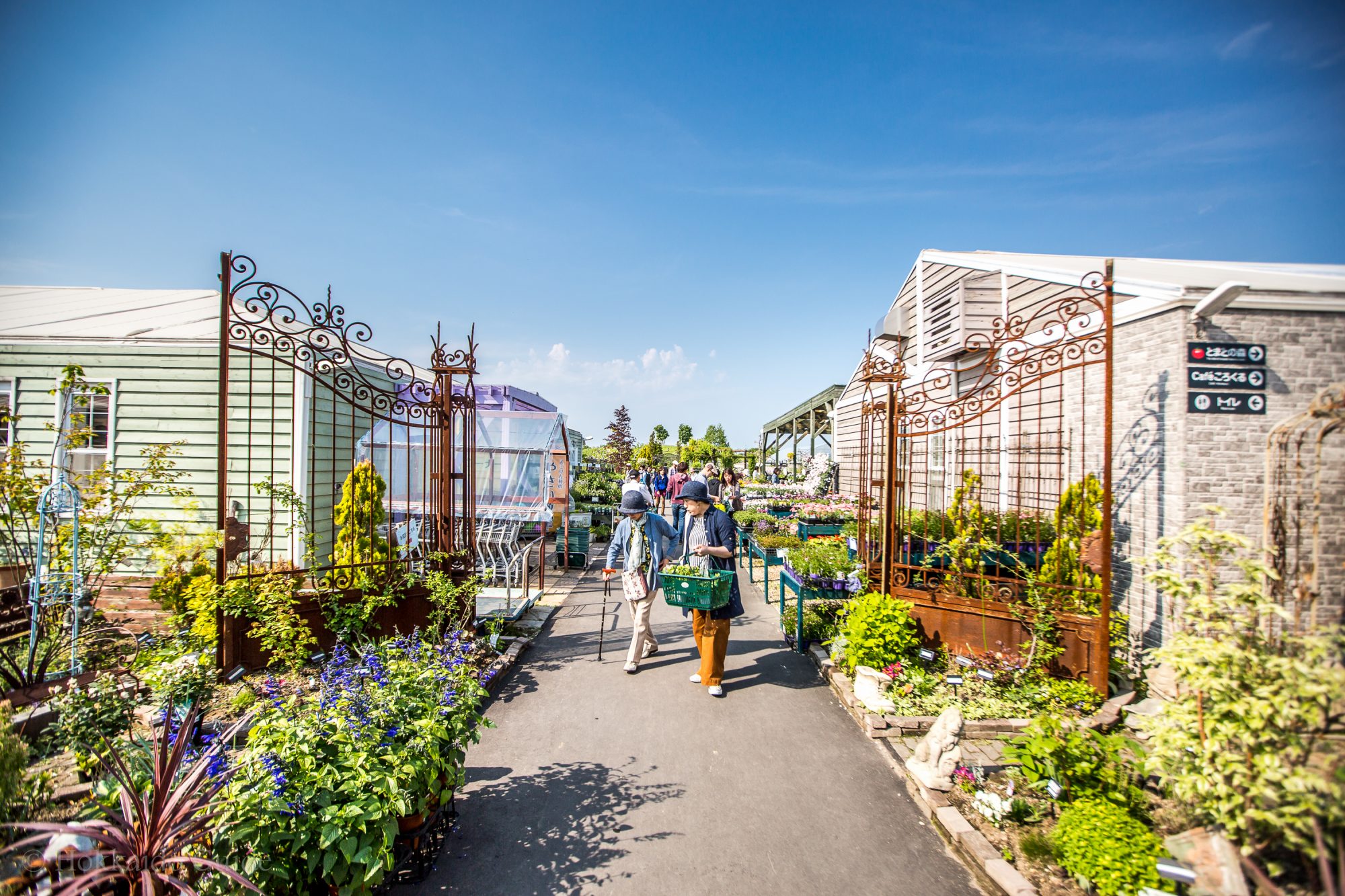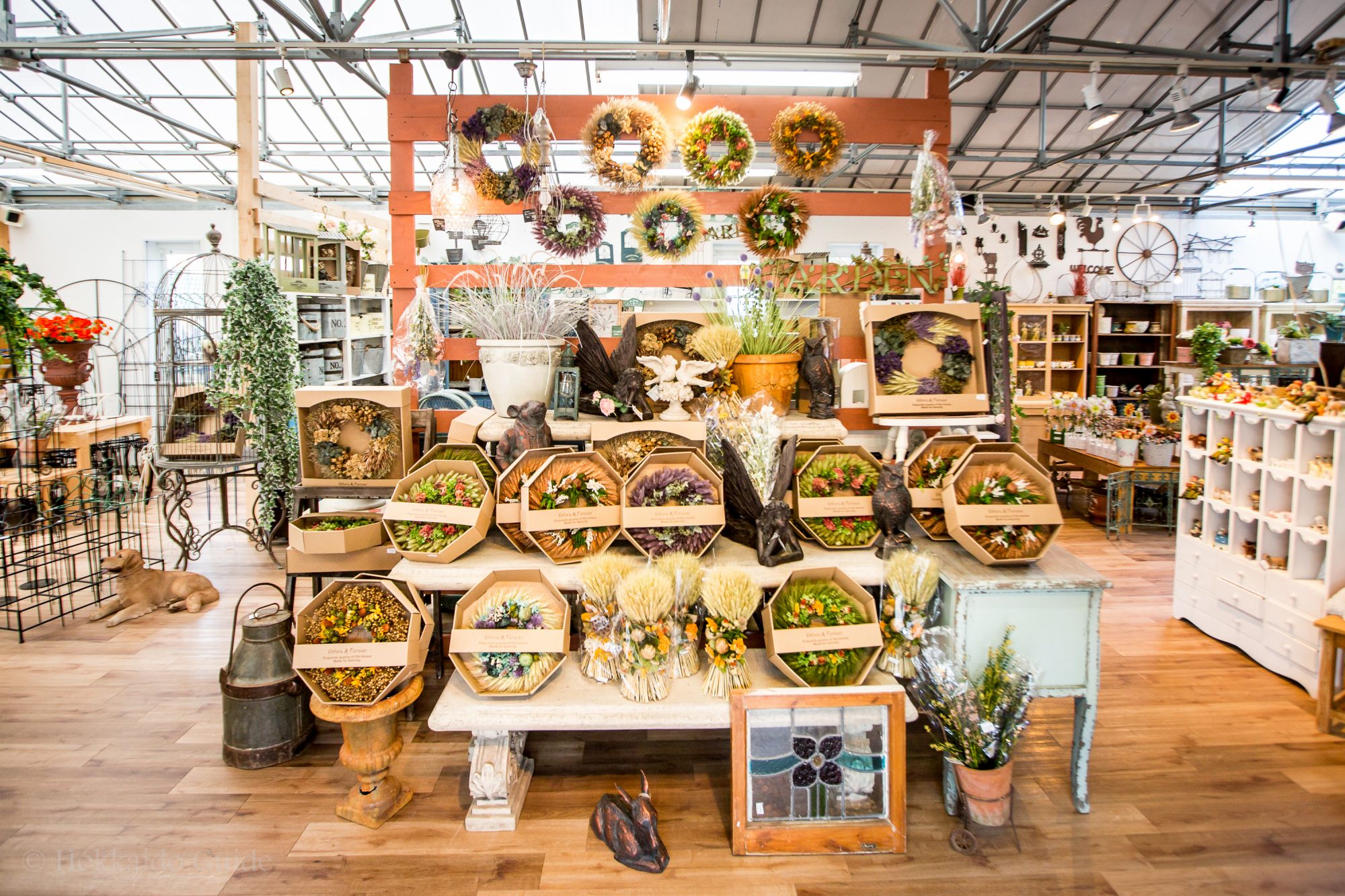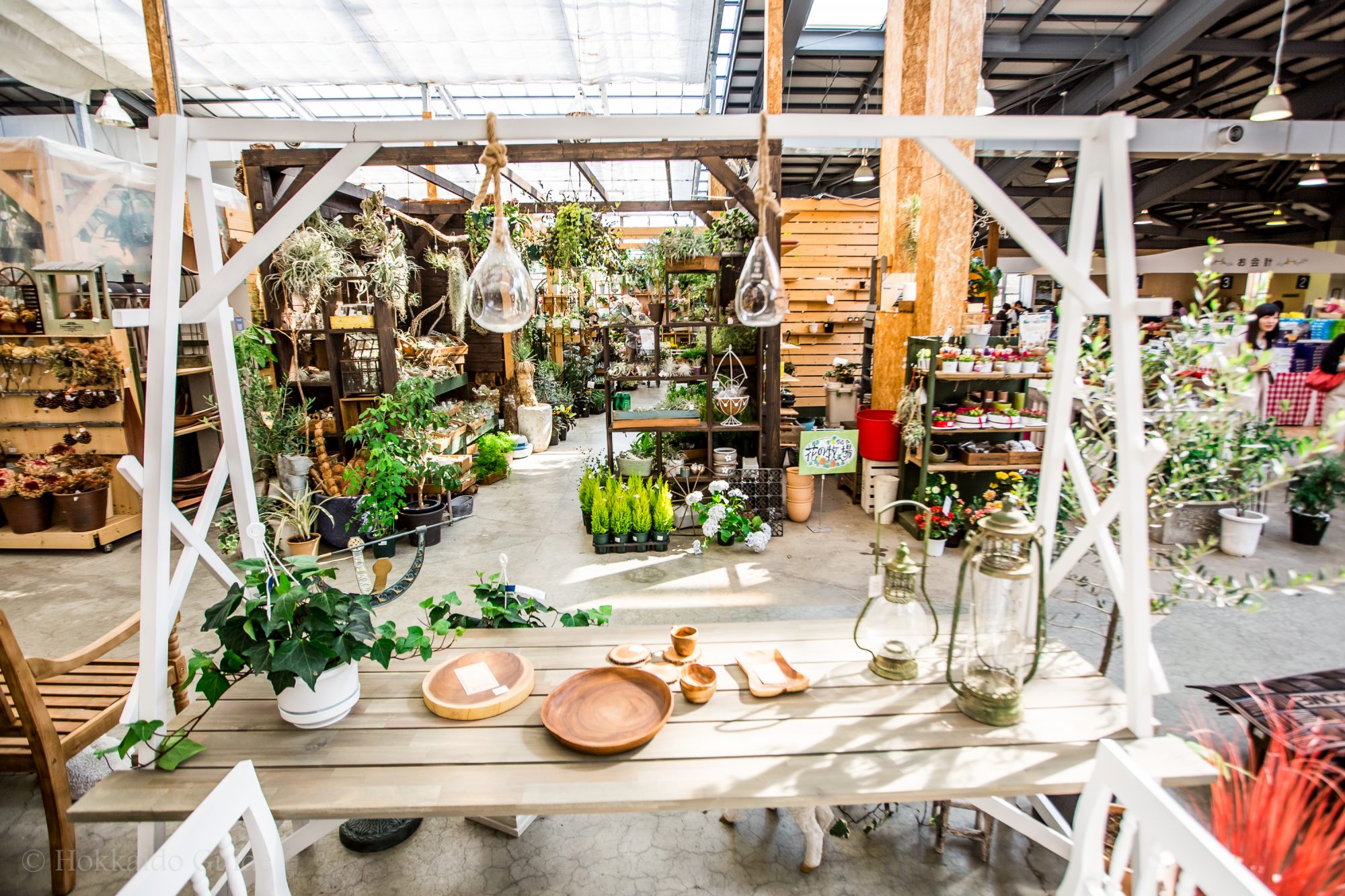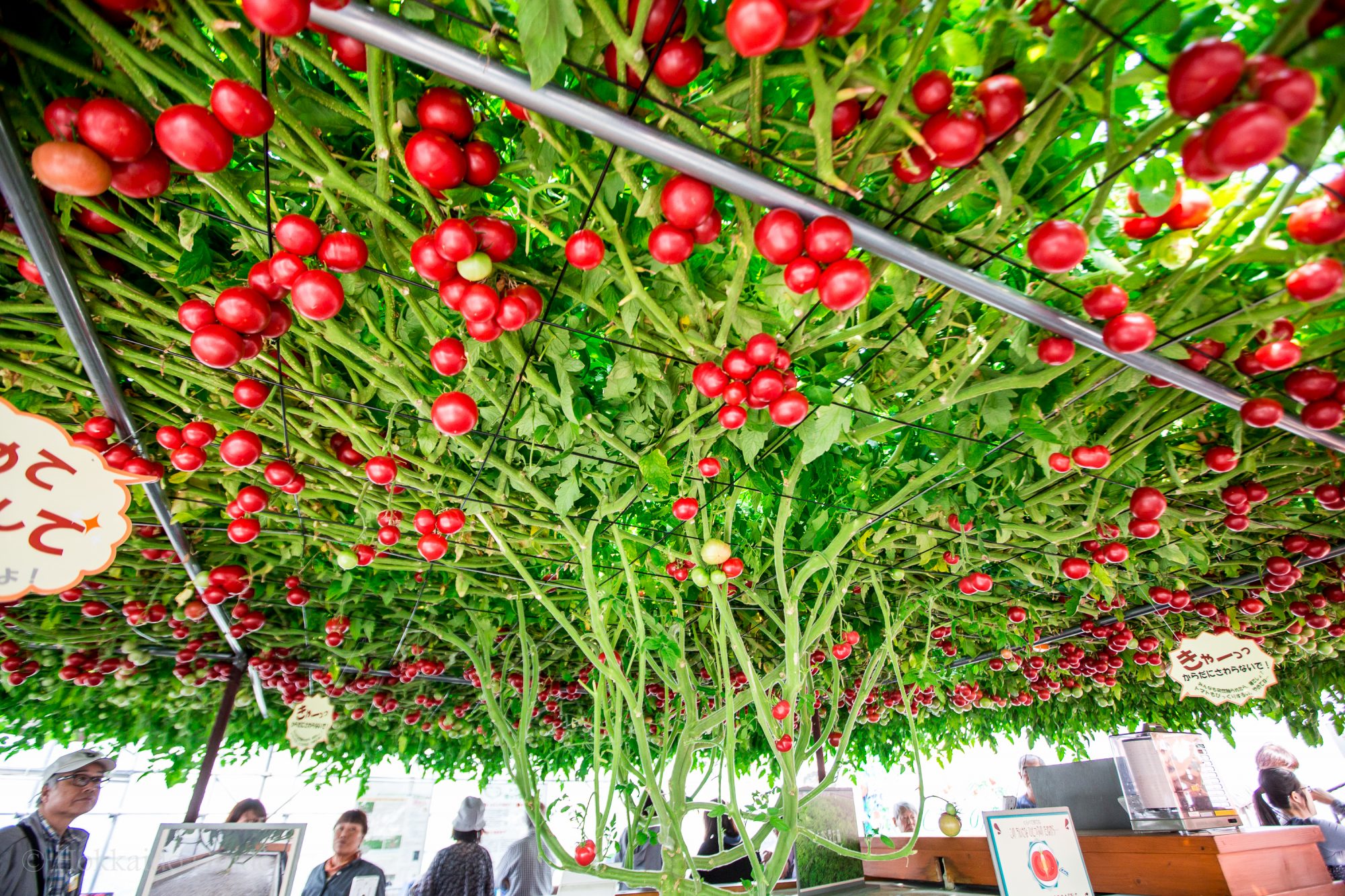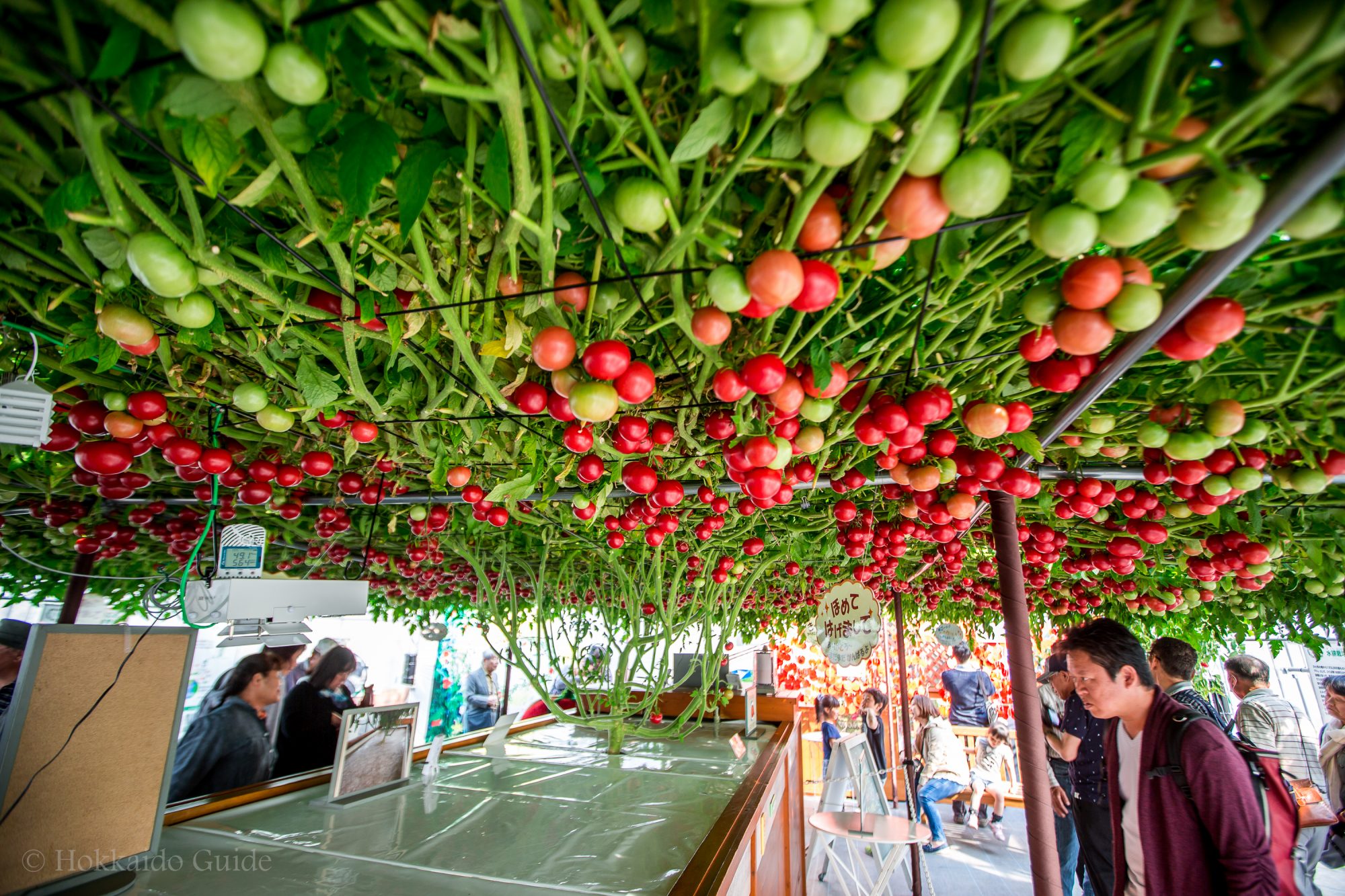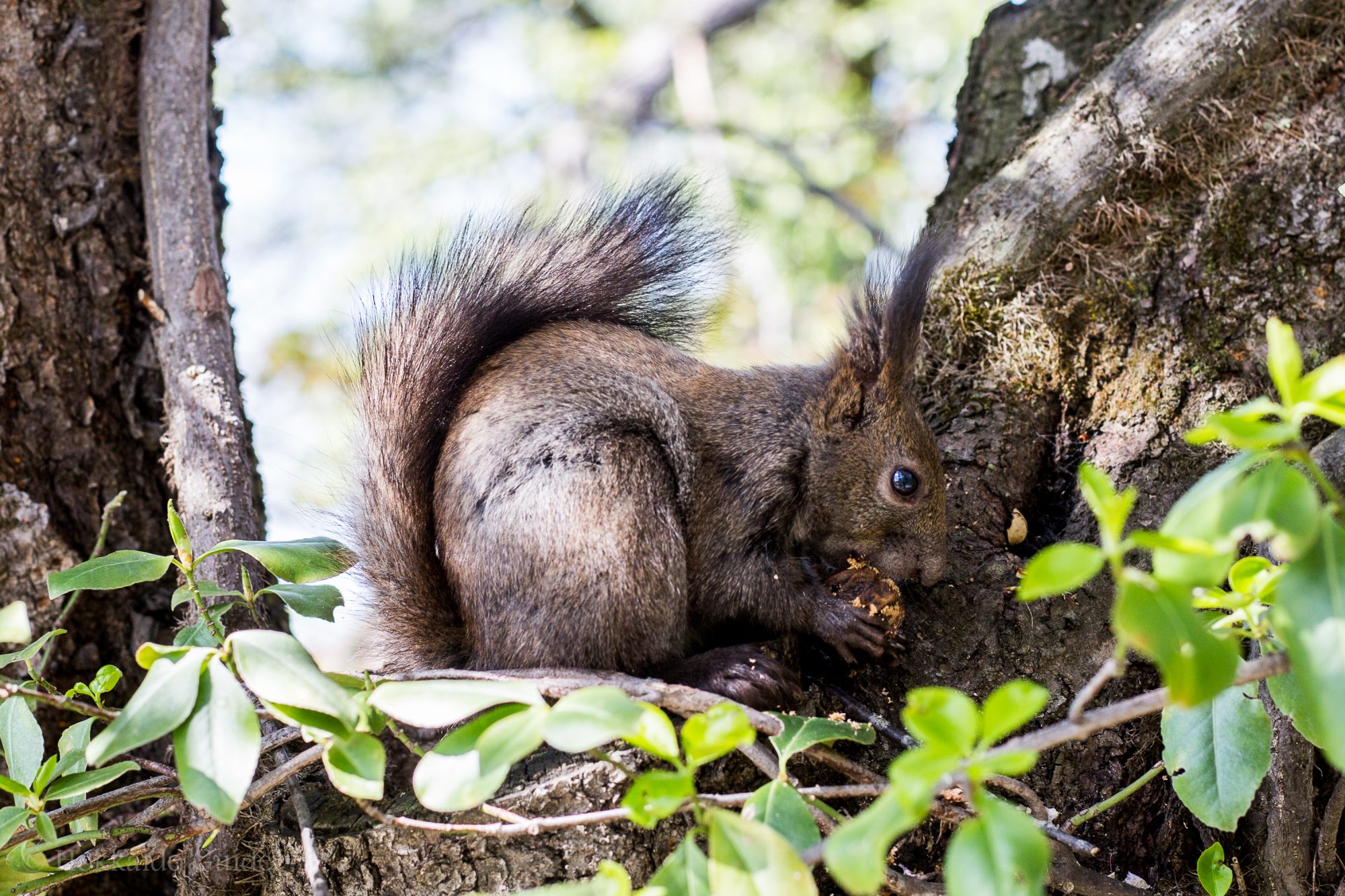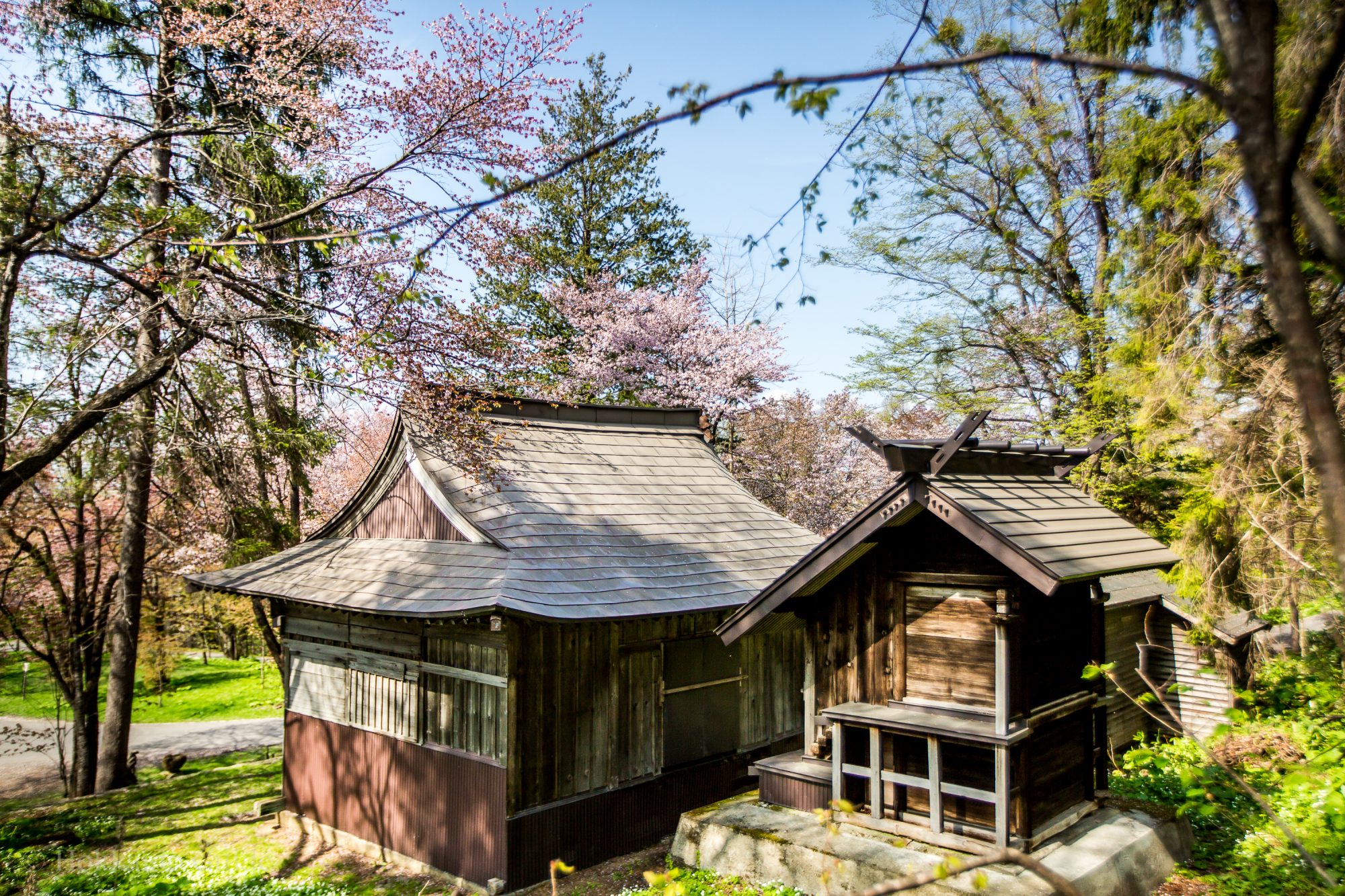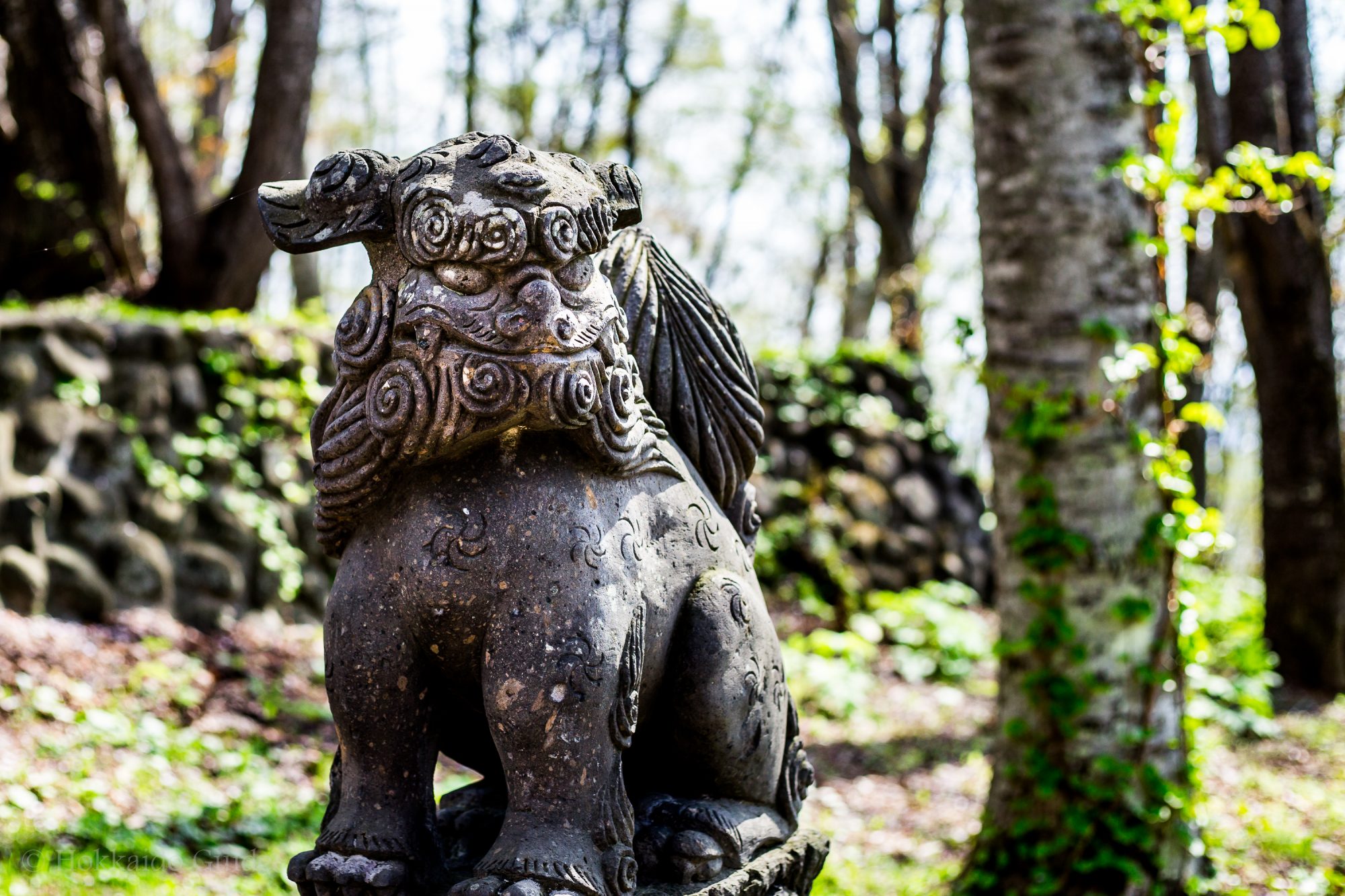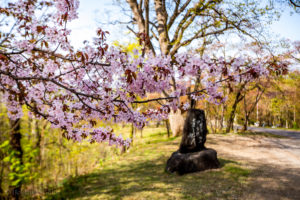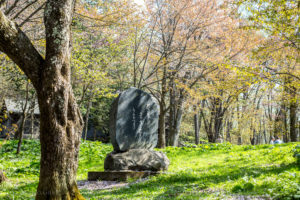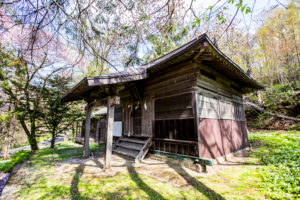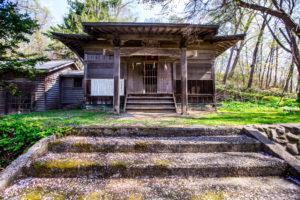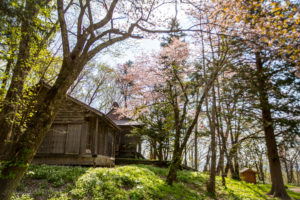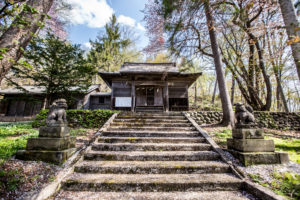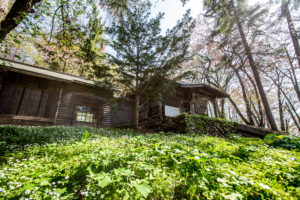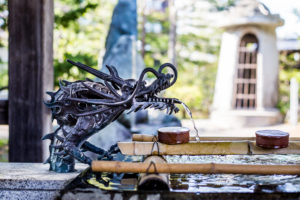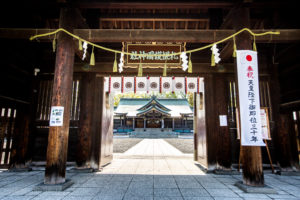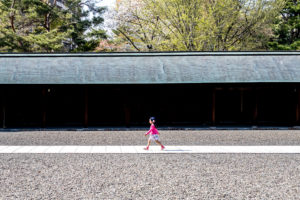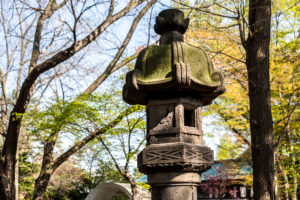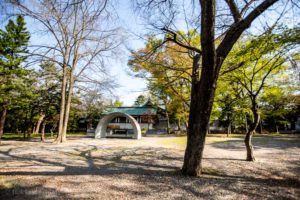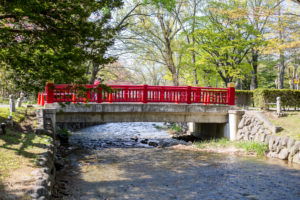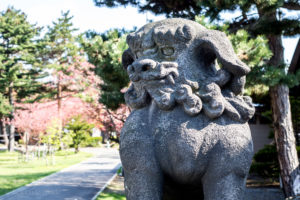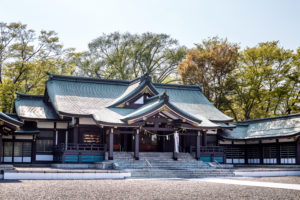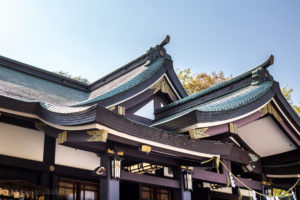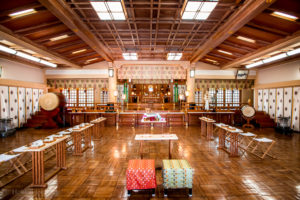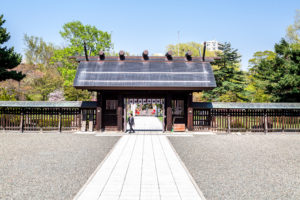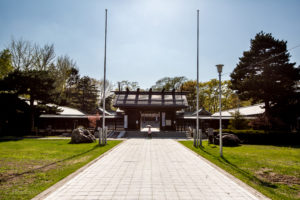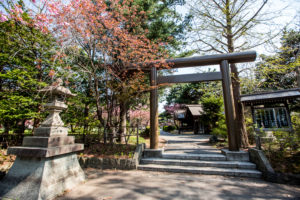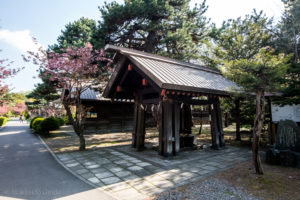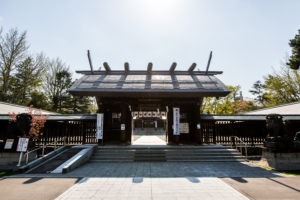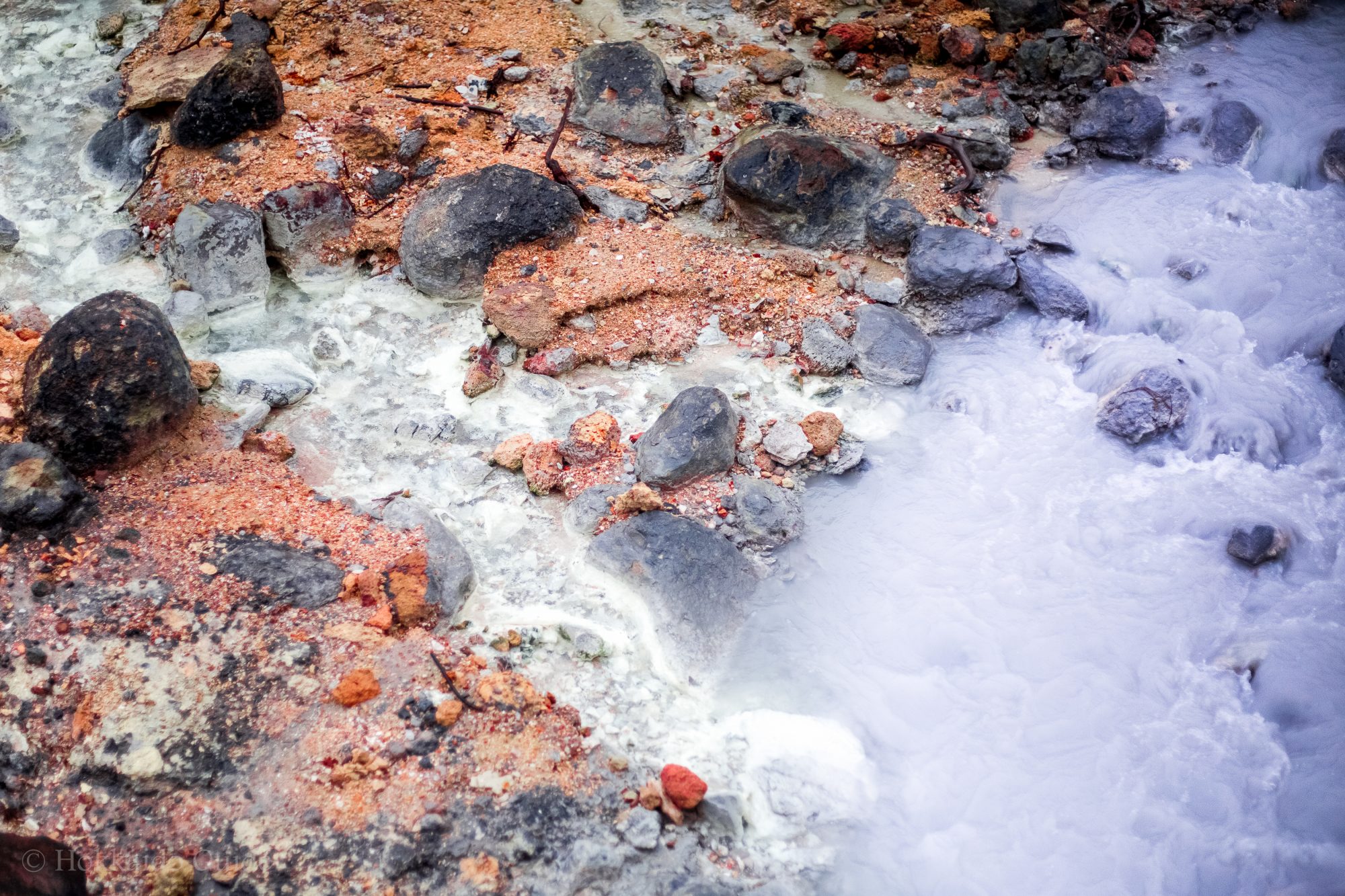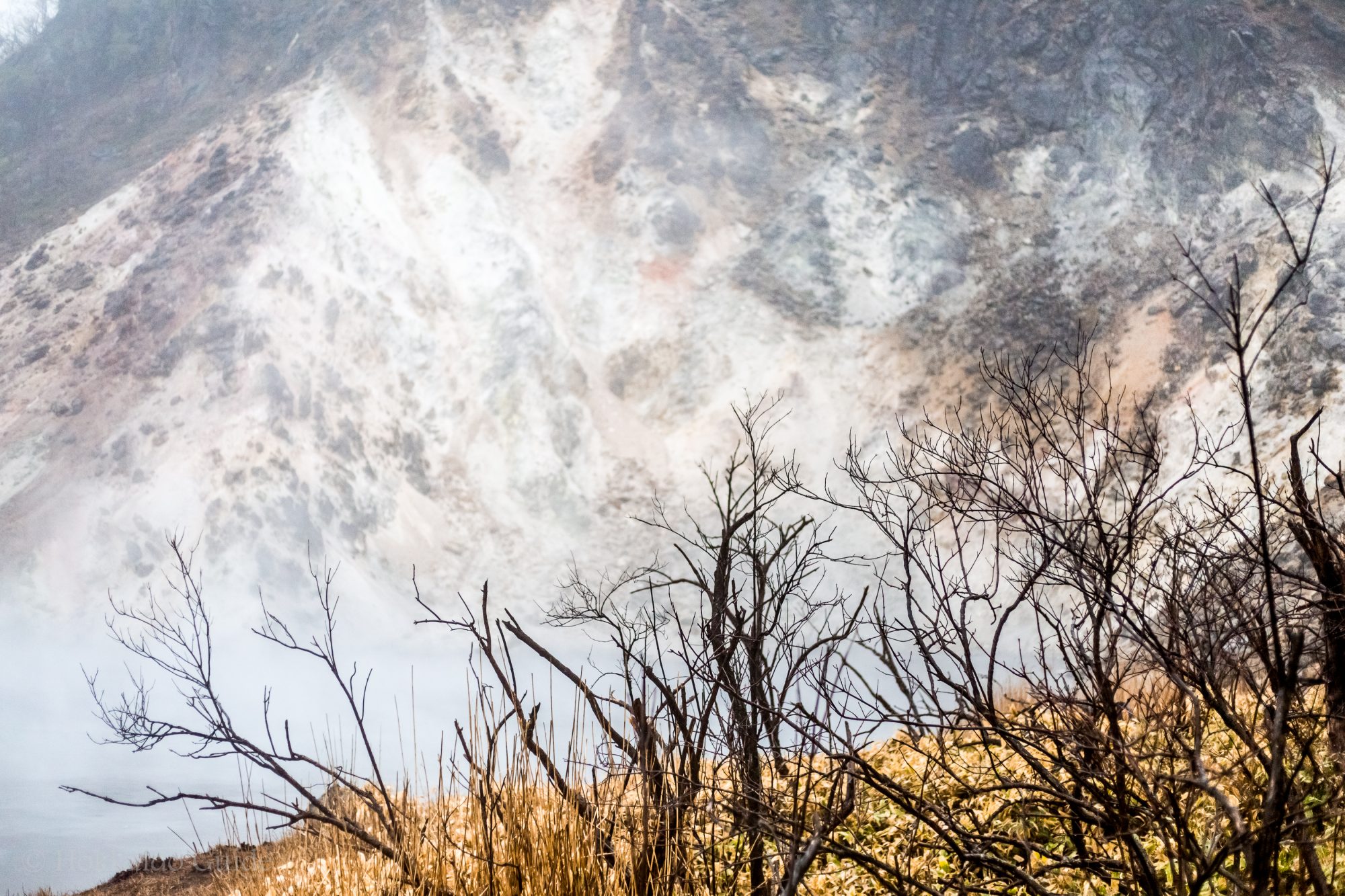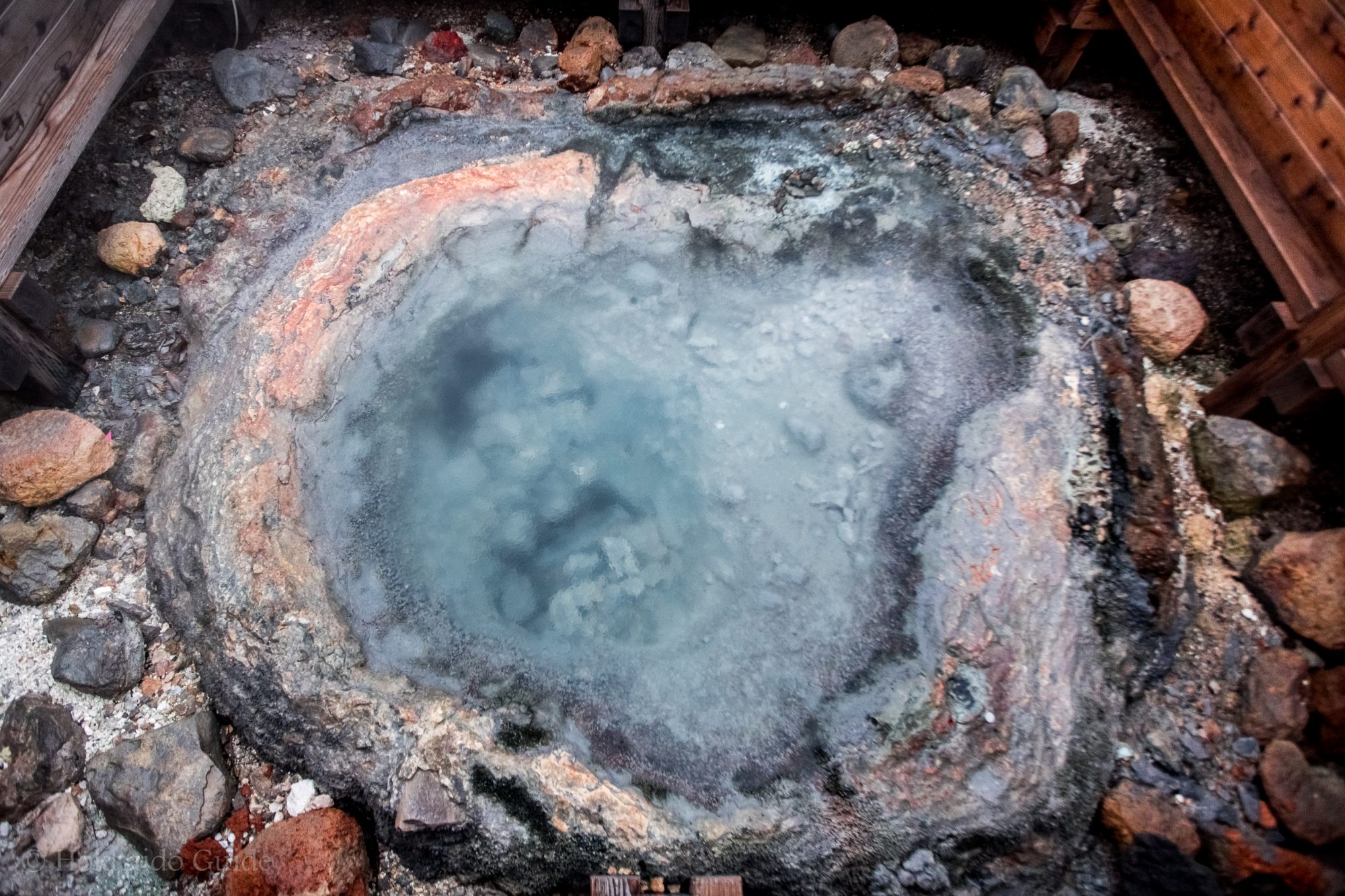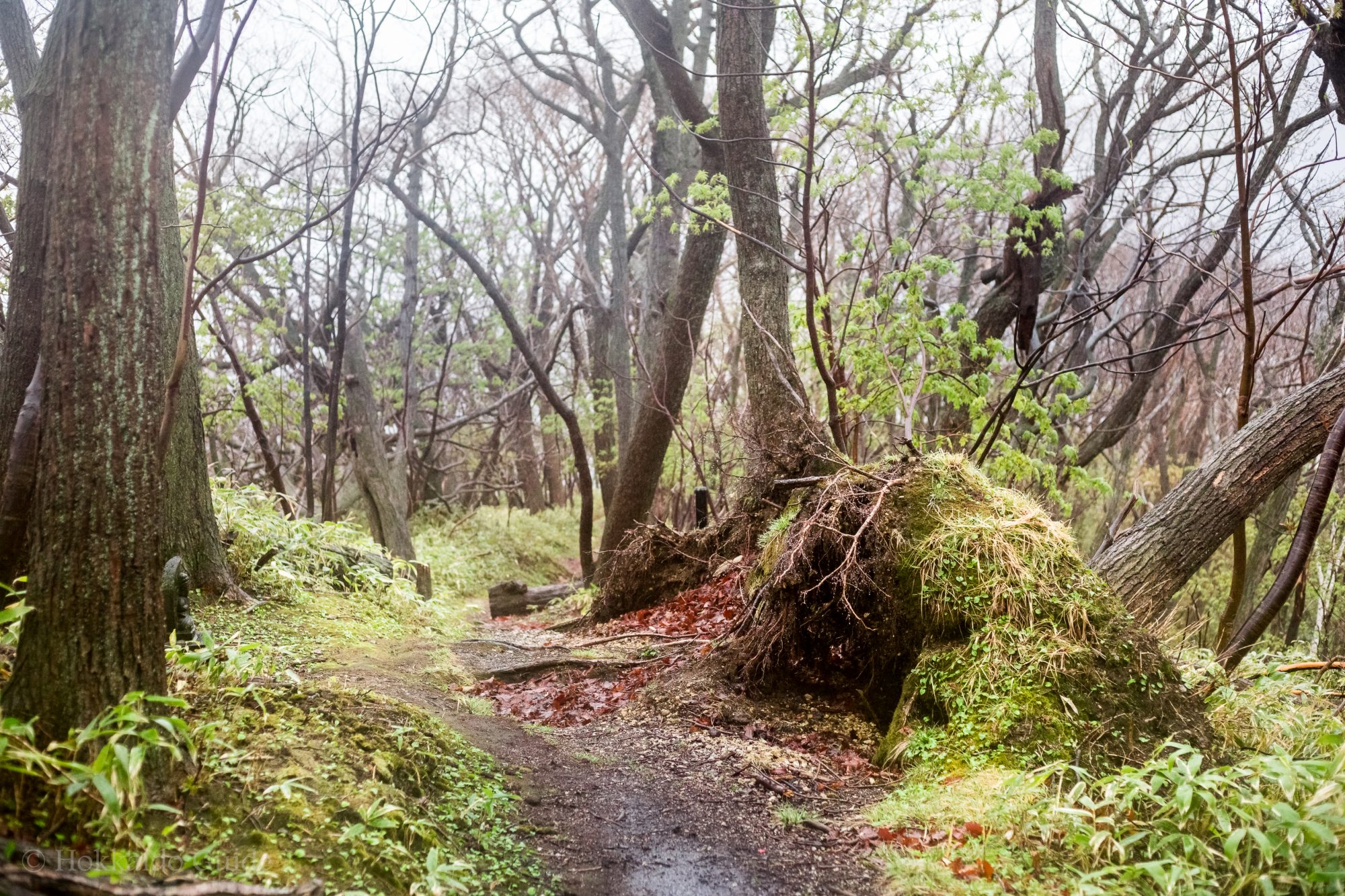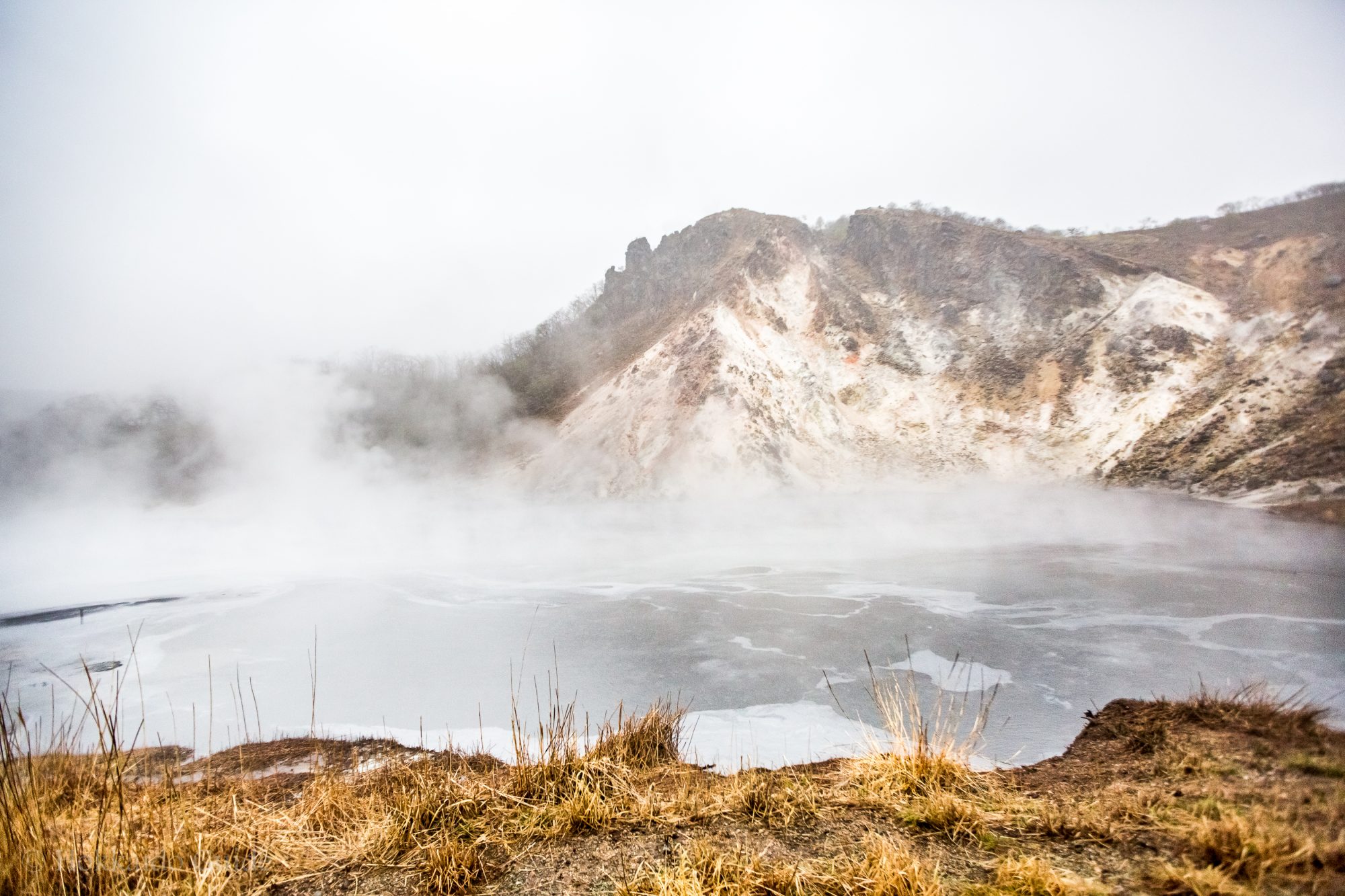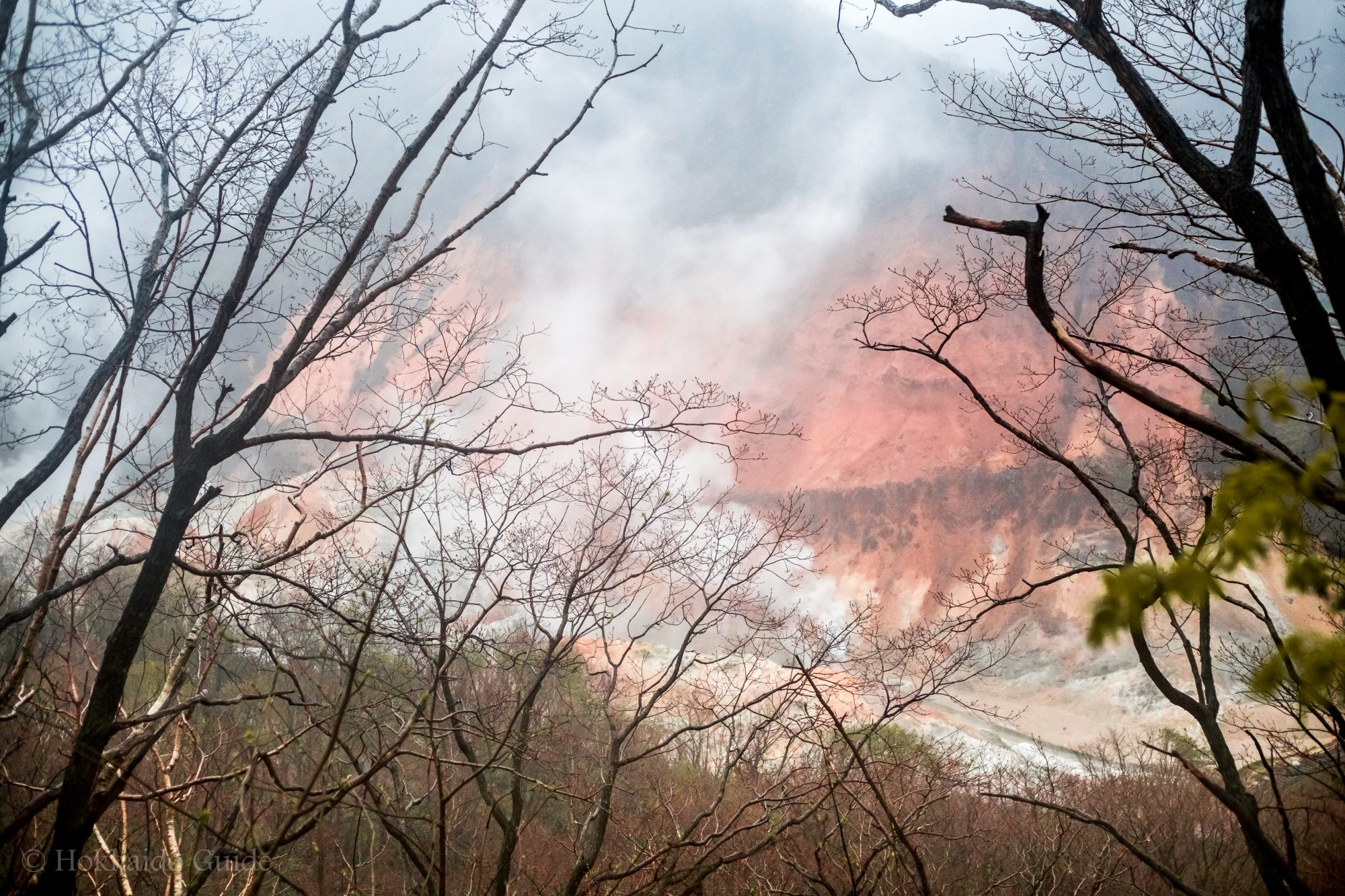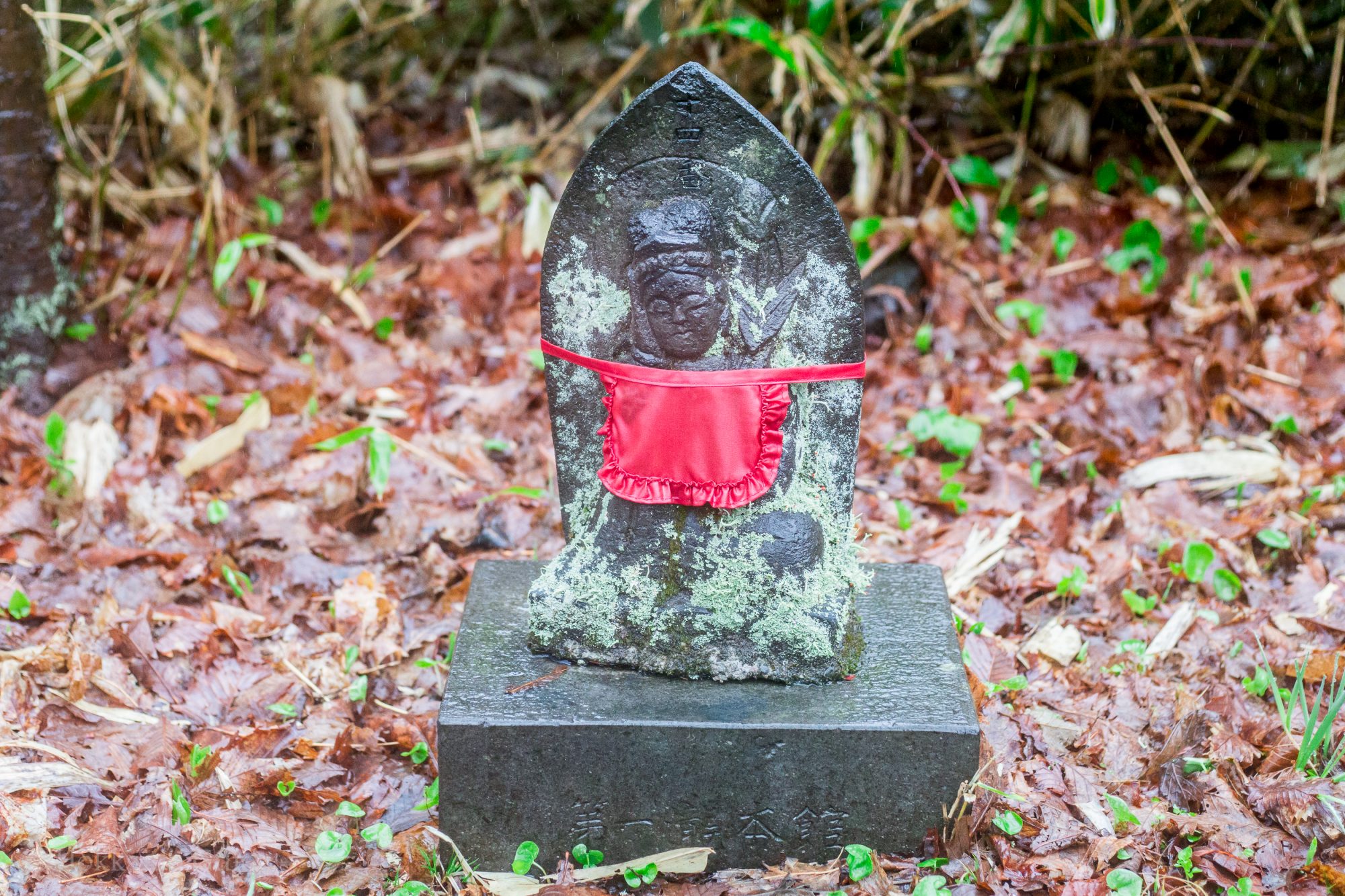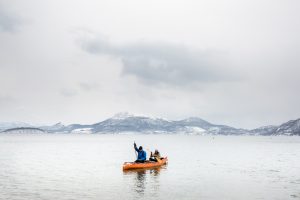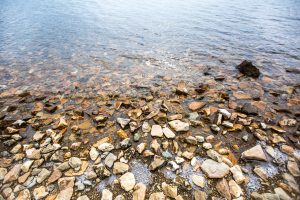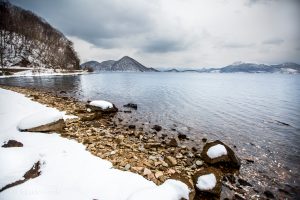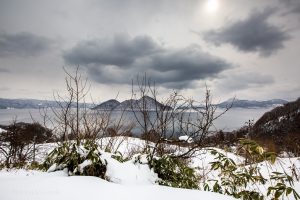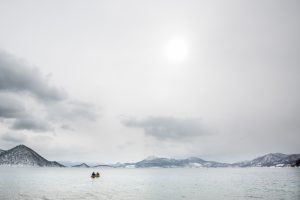
Category: Sightseeing
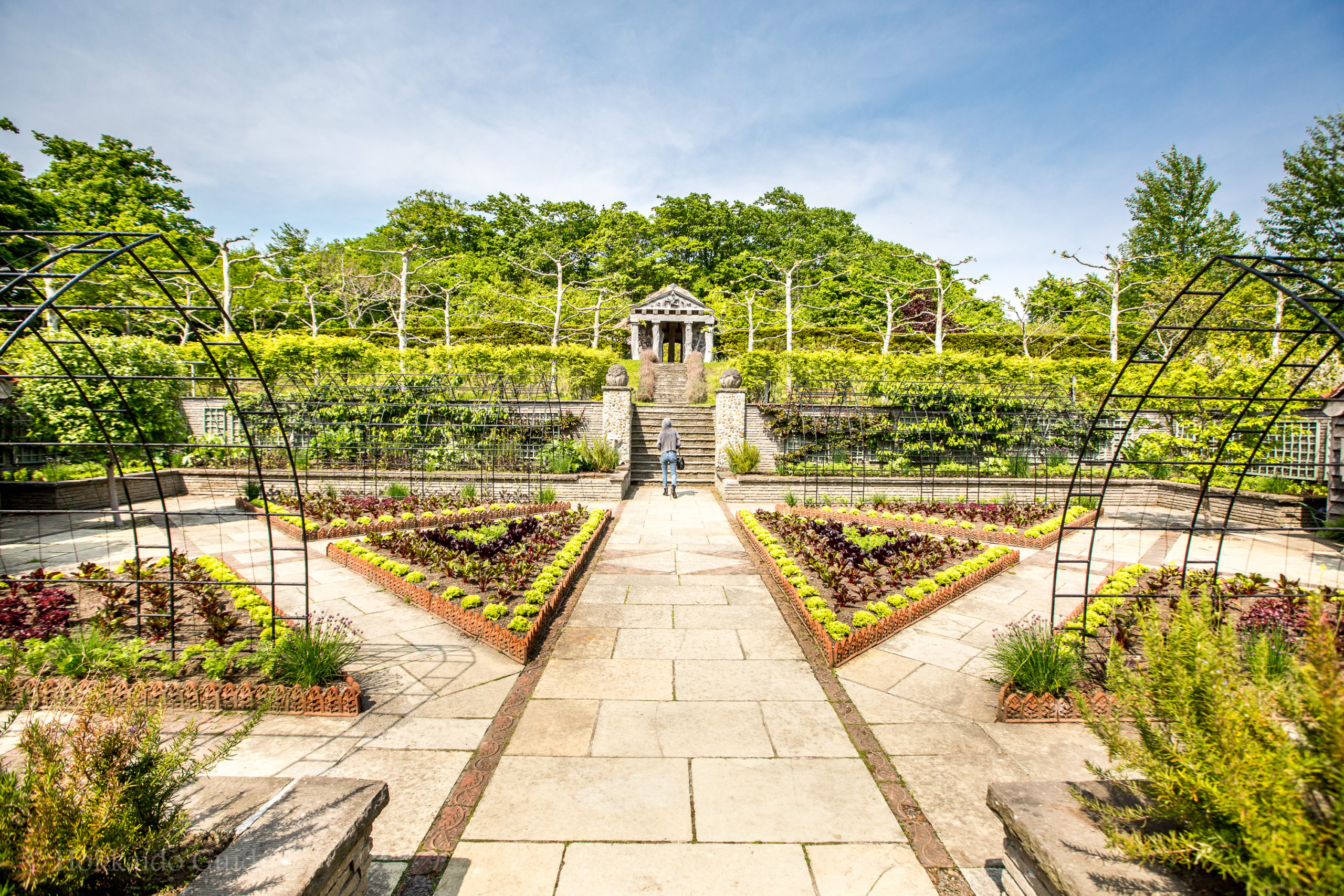
Ecorin Village – Galaxy Gardens
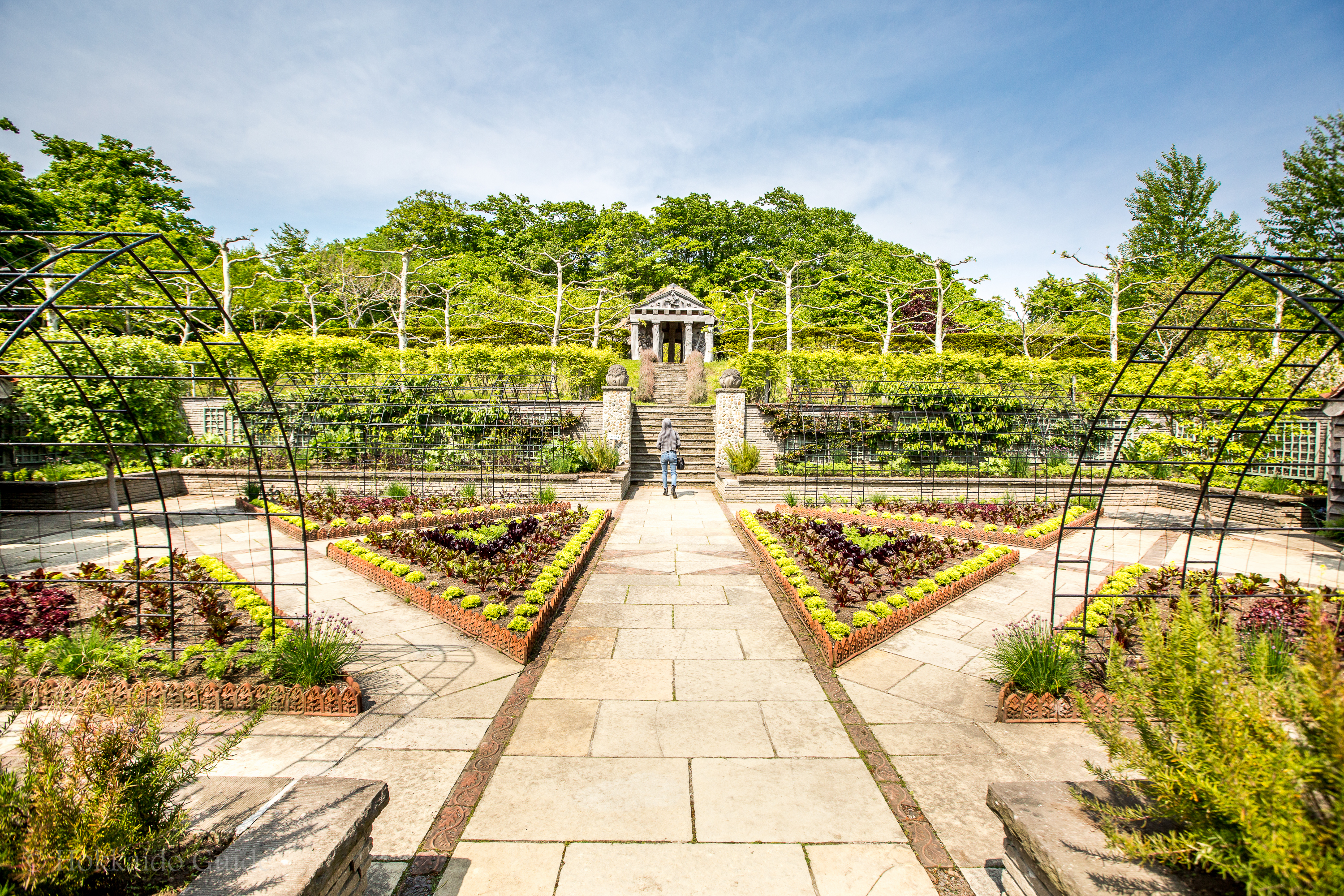
| Admission Gardens + Farm | ¥1200 Over 16 years old ¥600 Children* ¥1000 Seniors over 60 ¥2400 Annual ticket *up to 5 children can enter free with 1 adult |
| Opening Hours | 9:30 - 17:00 April - September 9:00 - 16:00 October |
| Closed | November - March |
| Contact | 0123-34-7800 http://www.ecorinvillage.com/ |
| Notes | Restaurant on grounds Farm next to gardens Parking available Playground for kids |
| Location / Getting There | 40 minute drive from Sapporo station 20 minute drive from New Chitose Airport 〒061-1421 Hokkaido, Eniwa, Makiba, 277−4 |
Purple & gold garden
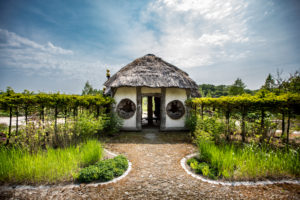
[the_ad id=”4264″]
Bear garden
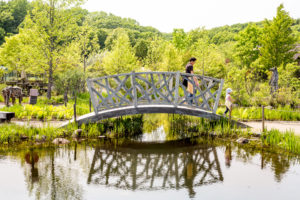
Rice planting

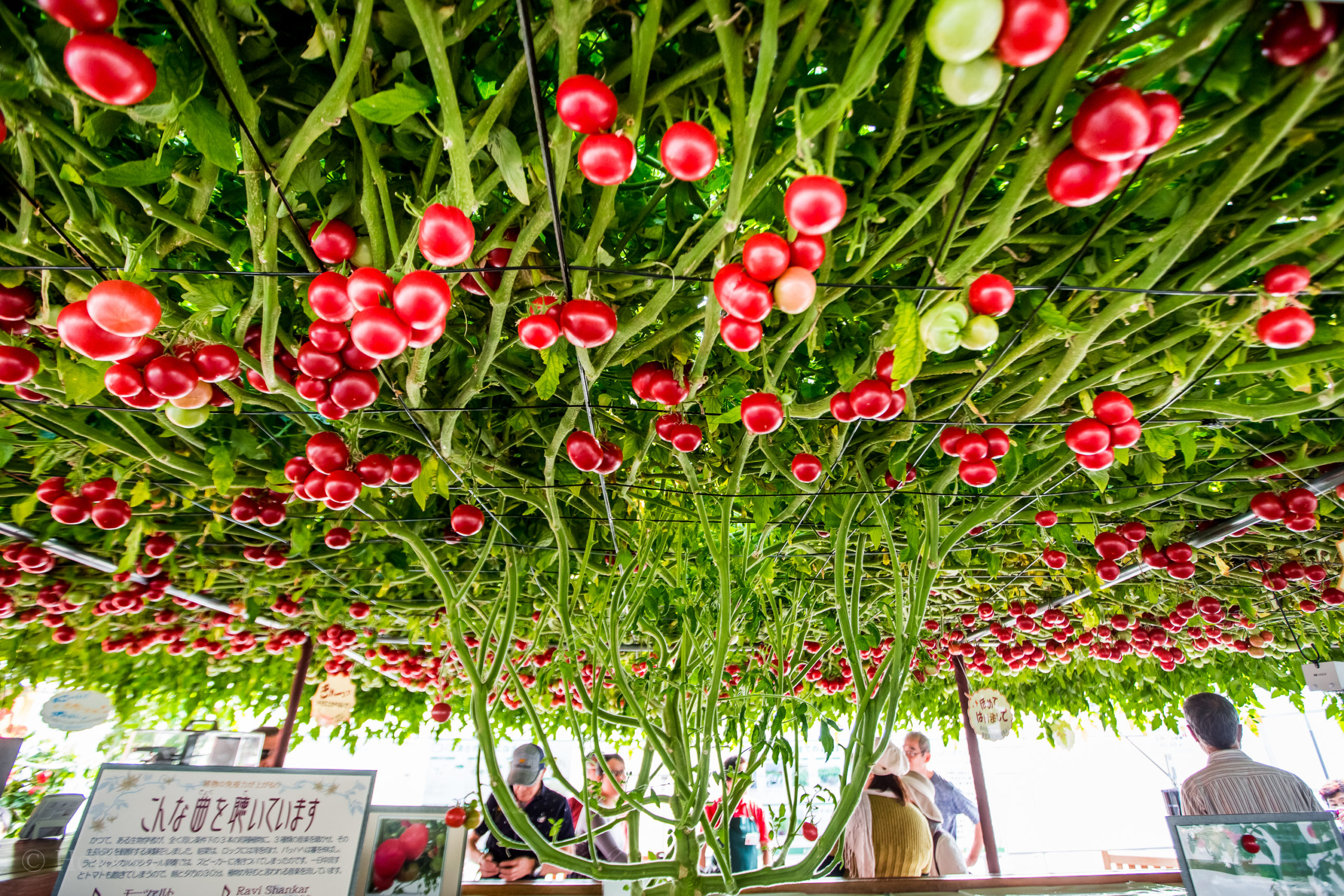
Ecorin Tomato Forest

| Admission | Free |
| Opening Hours | 10:00 - 17:00 |
| Closed | - |
| Contact | 0123-34-7800 |
| Notes | World's largest tomato plant Garden & flower store Local market Restaurant on site Free parking |
| Location / Getting There | 15 minute bus ride from Eniwa Station Hokkaido, Eniwa, Makiba, 281−1 061-1421 |
Plenty of produce
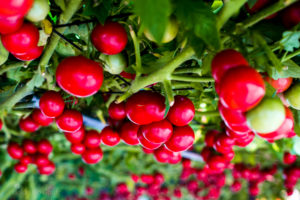
[the_ad id=”4264″]
Entrance to store, and the tomato forest

| Opening Hours | 9:00 - 18:00 |
| Closed | - |
| Contact | 0123-35-2321 |
| Notes | Garden store Market |
| Location / Getting There | 15 minute bus ride from Eniwa Station Hokkaido, Eniwa, Makiba, 281−1 061-1421 |
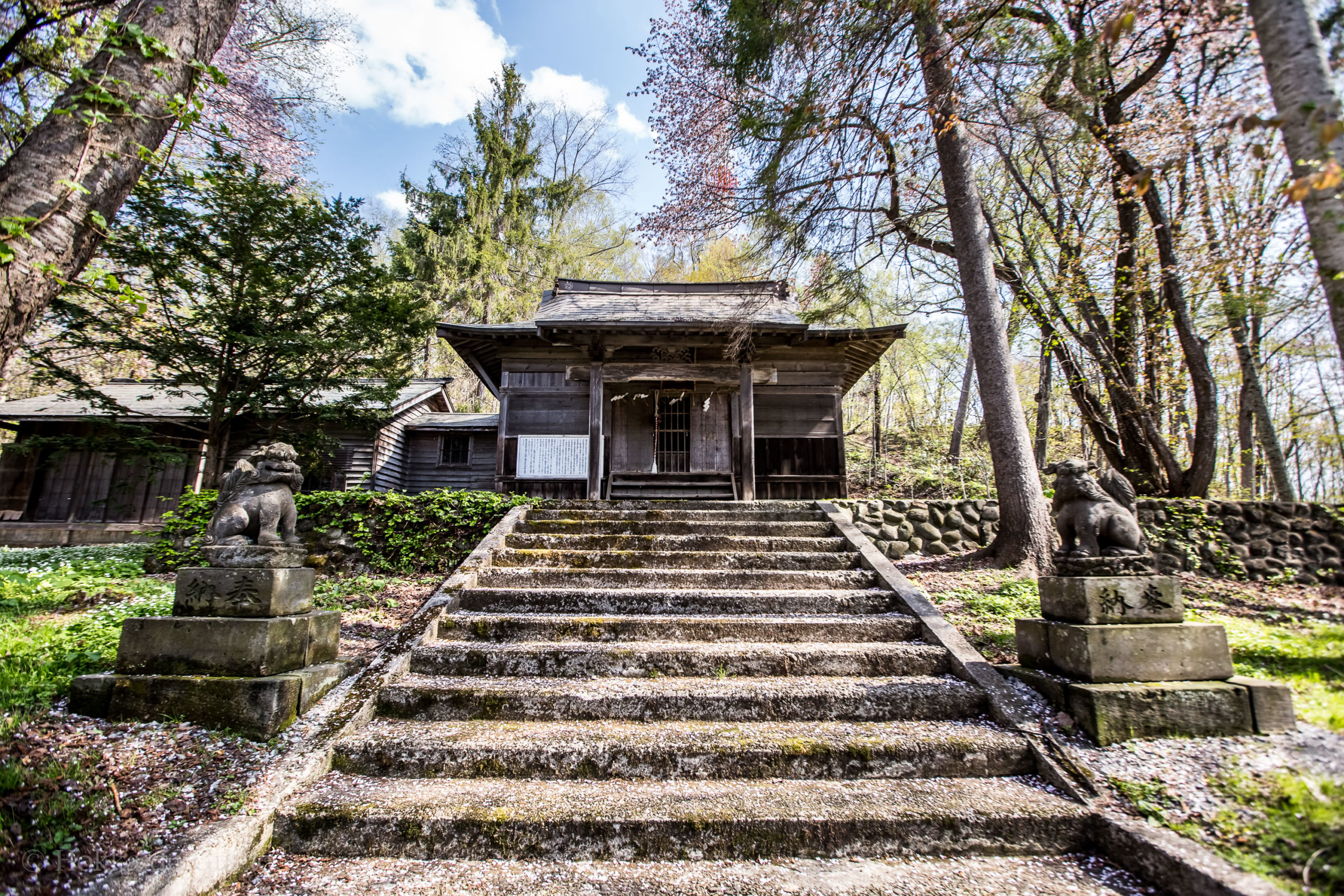
Inari Konpira Shrine

| Admission | Free |
| Opening Hours | - |
| Closed | - |
| Contact | +81-166-52-1934 |
| Notes | Hiking trails near by Free parking (180 cars) Picnic area Scenic views |
| Location / Getting There | 10 minute walk from Asahiyama parking lot & Asahiyama zoo 〒 078 - 8205 Hokkaido, Asahikawa-shi Higashi Asahikawa Machigakuma |
Walk around at your leisure

[the_ad id=”4264″]
View from the shrine
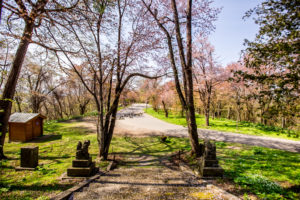
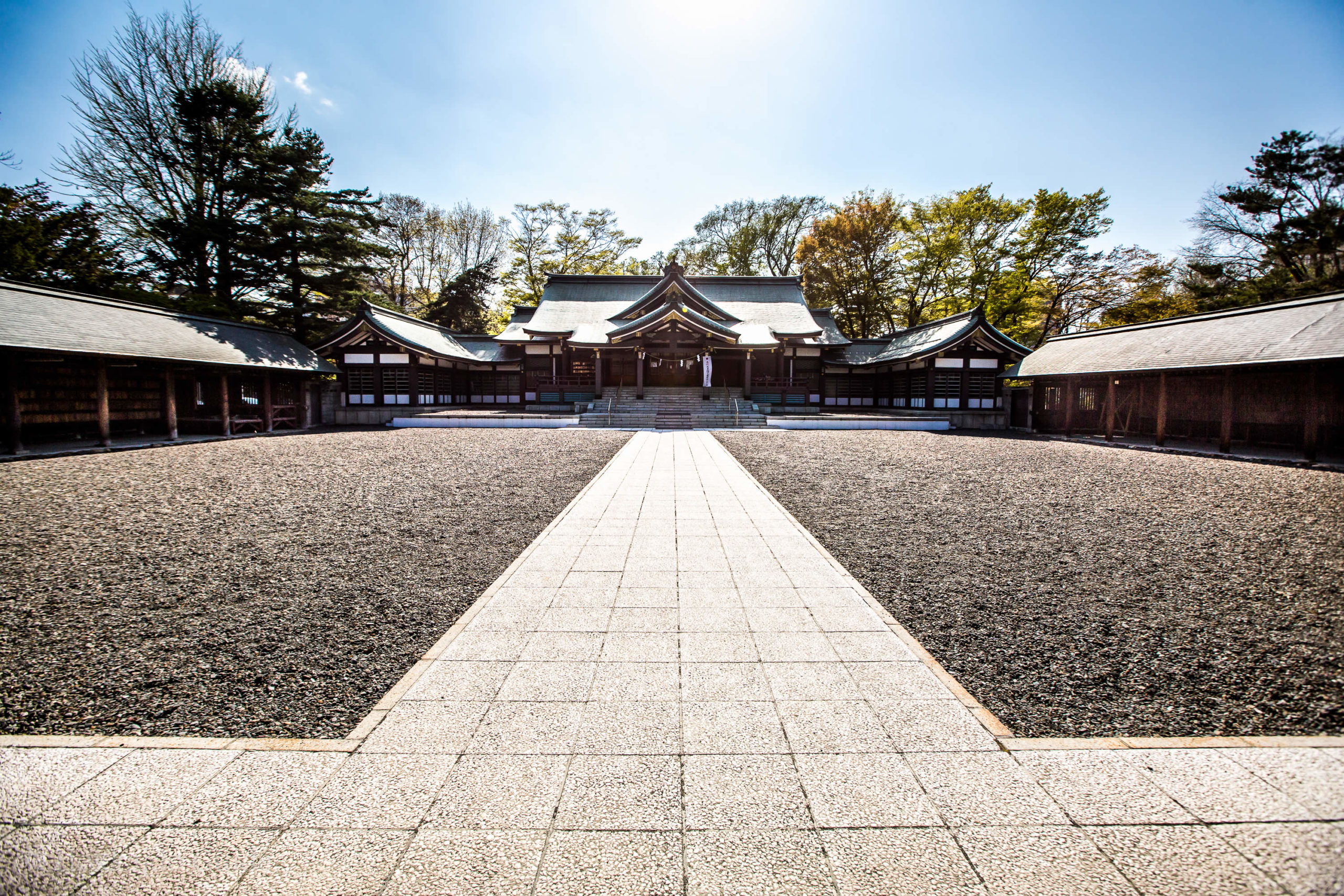
Sapporo Gokoku Shrine

| Admission | Free |
| Opening Hours | - |
| Closed | - |
| Contact | 011-511-5917 |
| Notes | Buddhist temple |
| Location / Getting There | 5 minute walk from Nakajima station Hokkaido, Sapporo-shi, Chūō-ku, Minami 7 Jōnishi, 4 Chome−1−1 |
Immersed in history
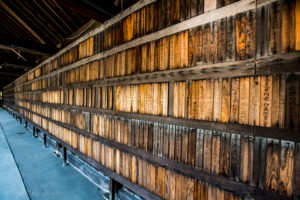
[the_ad id=”4264″]
Gokoku shrine during spring
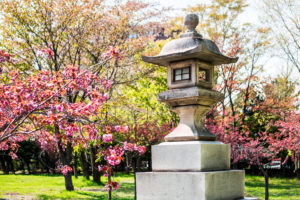
| January 1st | New Year Day's festival from 7:00. From 10:00 prayers and blessings for cars are offered. Call for reservation |
| Febrauary 3rd | Setsubun Festival (bean throwing at spirits) from 15:00 |
| June first Saturday | Shinkuen Festival from 10:00 - 15:00 |
| July 5th | Concert Festival from 18:00. For members. |
| July 6th & 7th | Great Festival |
| August 7th & 8th | Taga Shrine Festival |
| October 15th | Shicho-go-san Festival |
| December 31st | Night Festival |

Jigokudani (Hell Valley)
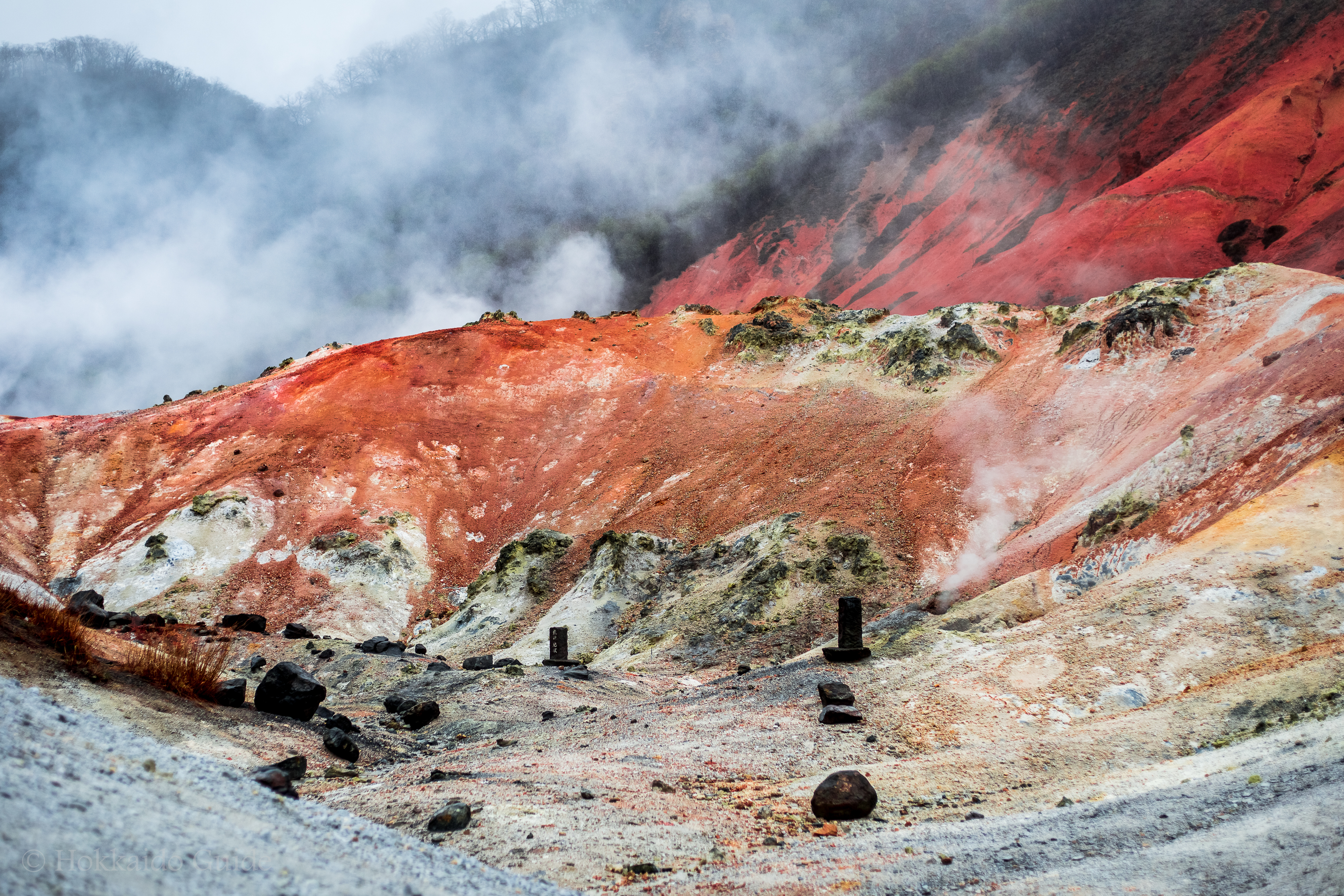
| Admission 入場料 | Free ※Parking 500yen/day 無料 ※駐車場1日500円 |
| Opening Hours 営業時間 | - |
| Closed 定休日・休業期間 | - |
| Contact 問い合わせ | 0143-84-3311 |
| Notes 備考 | Numerous onsens in area Walking paths 温泉街 遊歩道あり |
| Location / Getting There 所在地・アクセス | 〒 059-0551 Hokkaido, Noboribetsu Onsen Town 〒059-0551 北海道登別市登別温泉町 |
Main walkway into the center

[the_ad id=”4264″]
Okunoyu
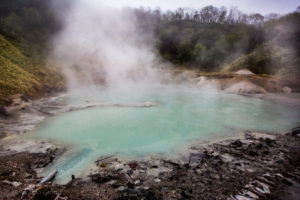
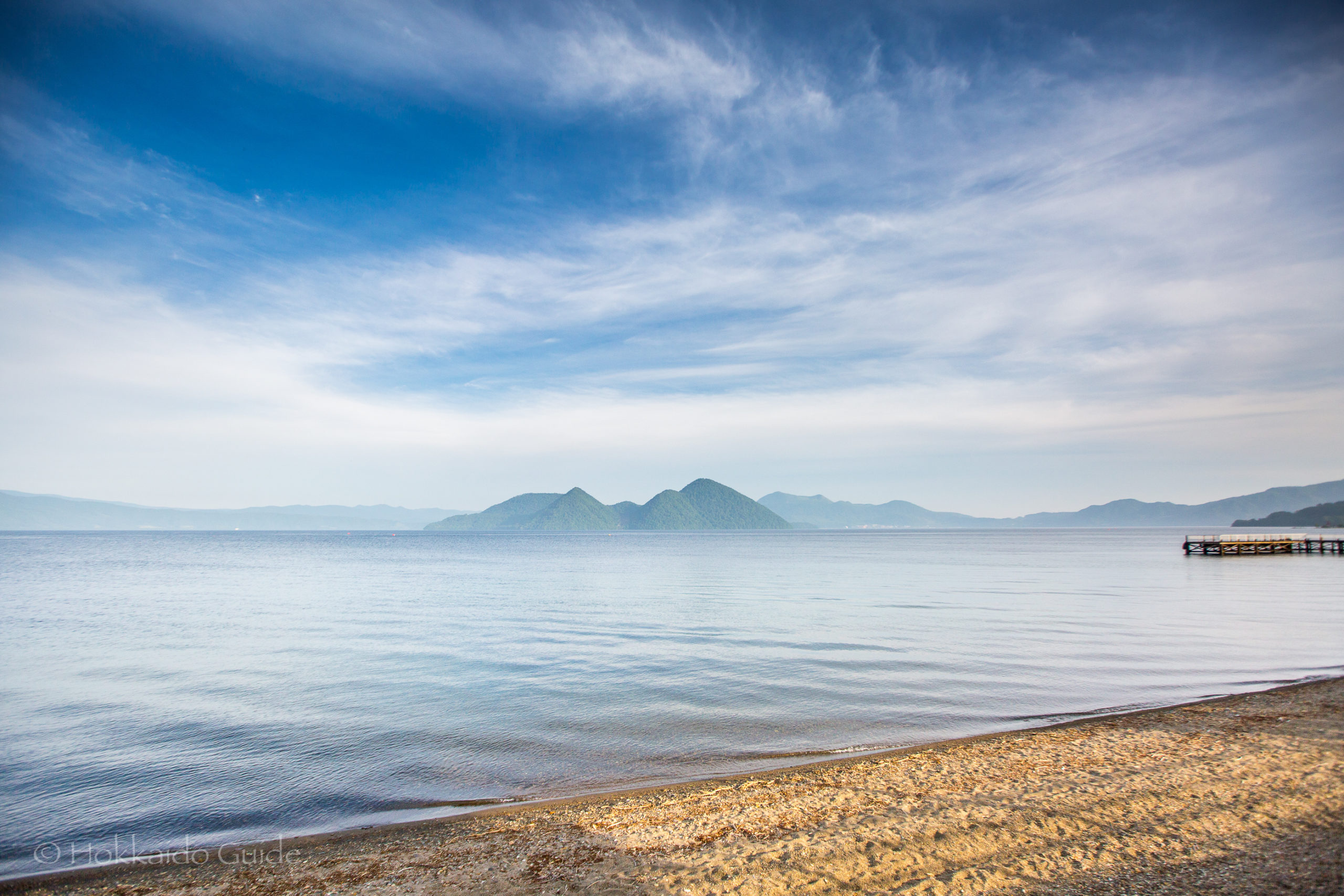
Lake Toya
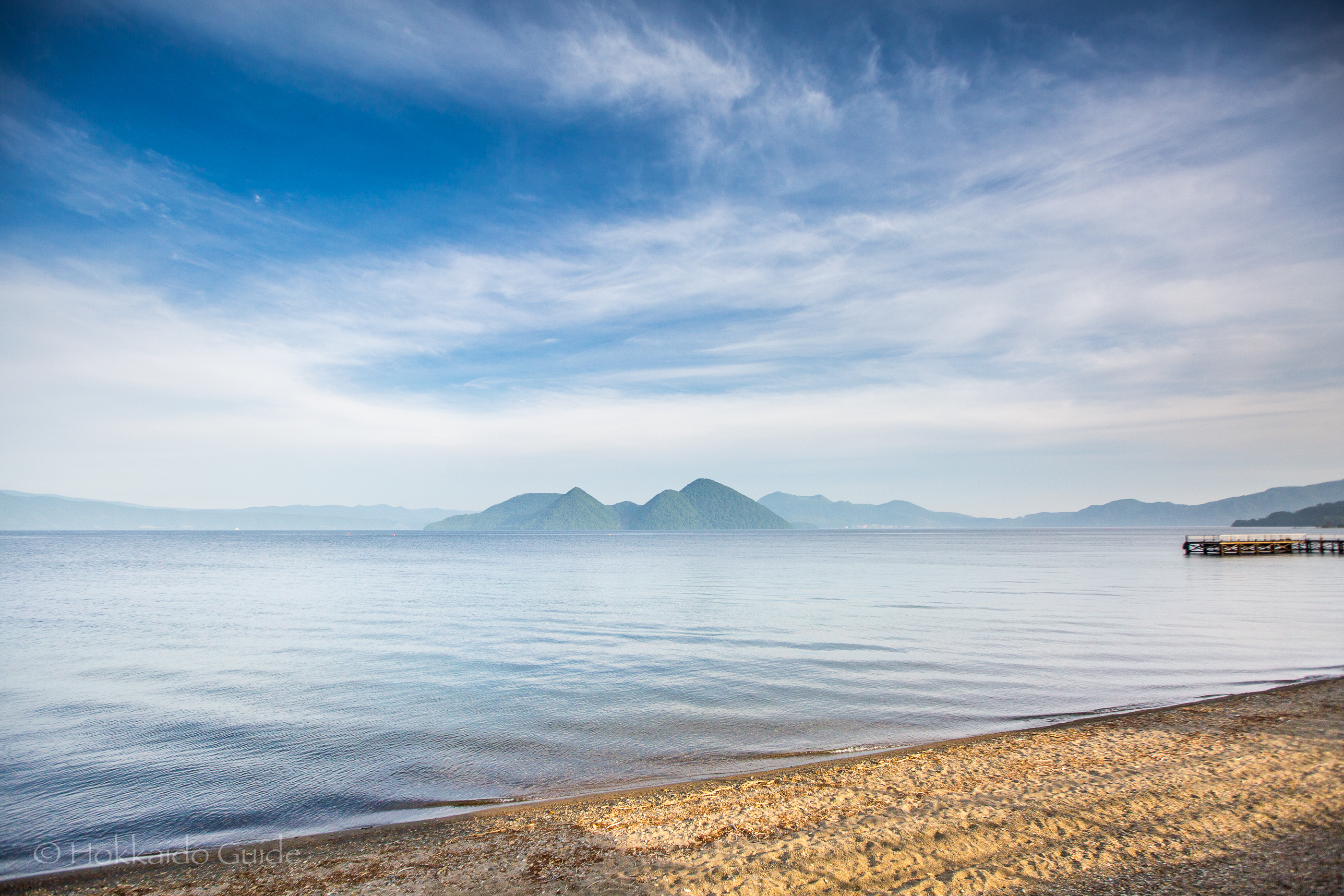
| Things to see | Mt. Usu Toyako Onsen Toyako Visitor Center Tōya Lake Forest Museum |
| Notes | Walking trails, Onsens, National park, Camping grounds |
| Getting There | Take JR train from Sapporo station bound for Hakodate. Get off at Toya station (70 min) ¥4500 Take bus from Toya station to Toyako Onsen bus terminal (15 min) ¥330 |
 Lake Tōya is a volcanic caldera lake in the Shikotsu-Toya National Park. With a maximum depth of 180 metres, this lake is 10 kilometers in diameter from east to west and 9 kilometers, north to south. The lake’s biggest town, Tōyako is located on its western shore. The town Sōbetsu is located on the other side of the lake. The stratovolcano, Mt Usu, lies on the southern edge of the lake. This lake is beautiful all year round, and is one of the northern most lakes that never ices over.
Lake Tōya is a volcanic caldera lake in the Shikotsu-Toya National Park. With a maximum depth of 180 metres, this lake is 10 kilometers in diameter from east to west and 9 kilometers, north to south. The lake’s biggest town, Tōyako is located on its western shore. The town Sōbetsu is located on the other side of the lake. The stratovolcano, Mt Usu, lies on the southern edge of the lake. This lake is beautiful all year round, and is one of the northern most lakes that never ices over.
[the_ad id=”4264″]
A beautiful winter dawn
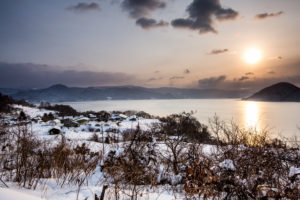
After a days activities, you can sit in the soothing hot water of the numerous onsens in which to relax with gorgeous views of the lake. And finally, in the middle of the lake, there is Nakajima Island. Nakajima island is home to wild deer and it also houses houses the Tōya Lake Forest Museum.

